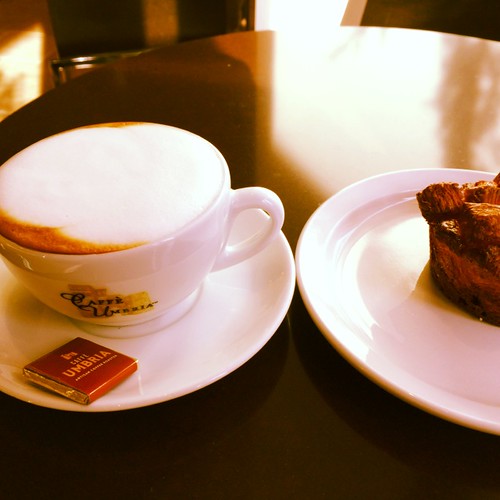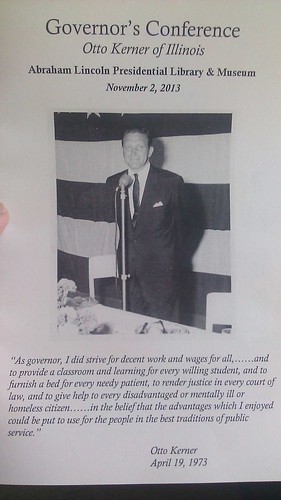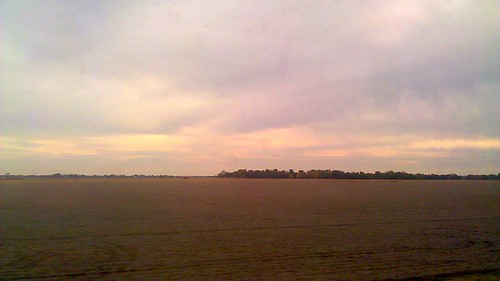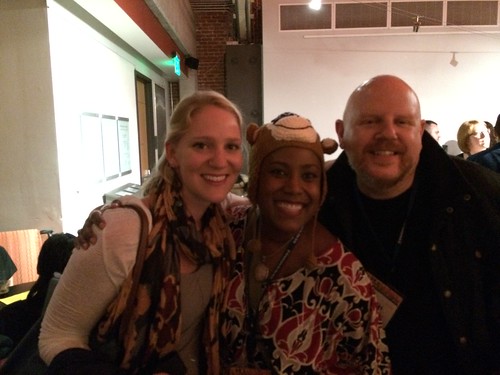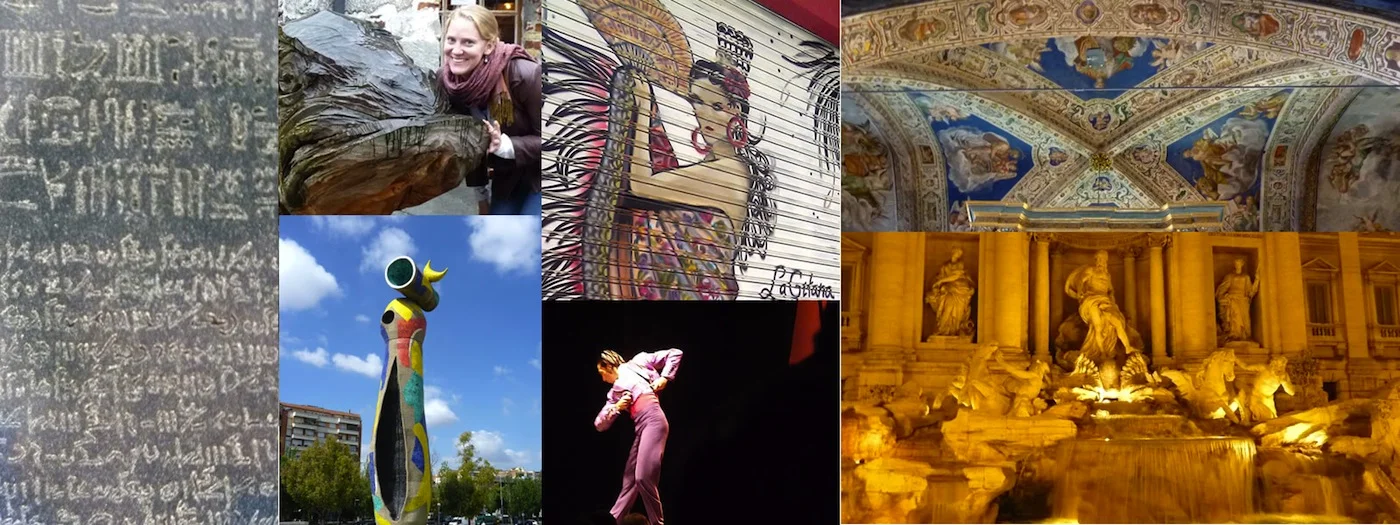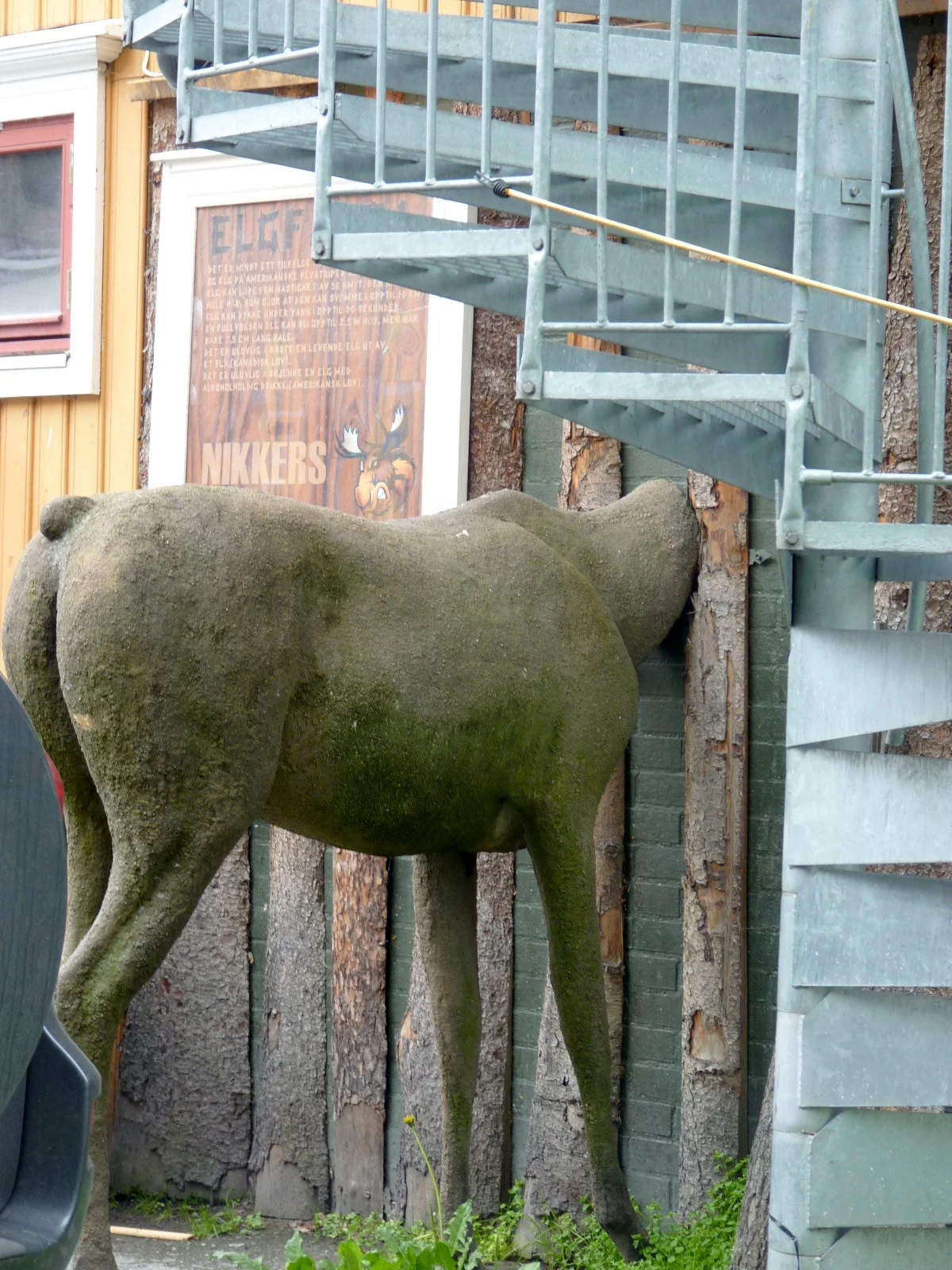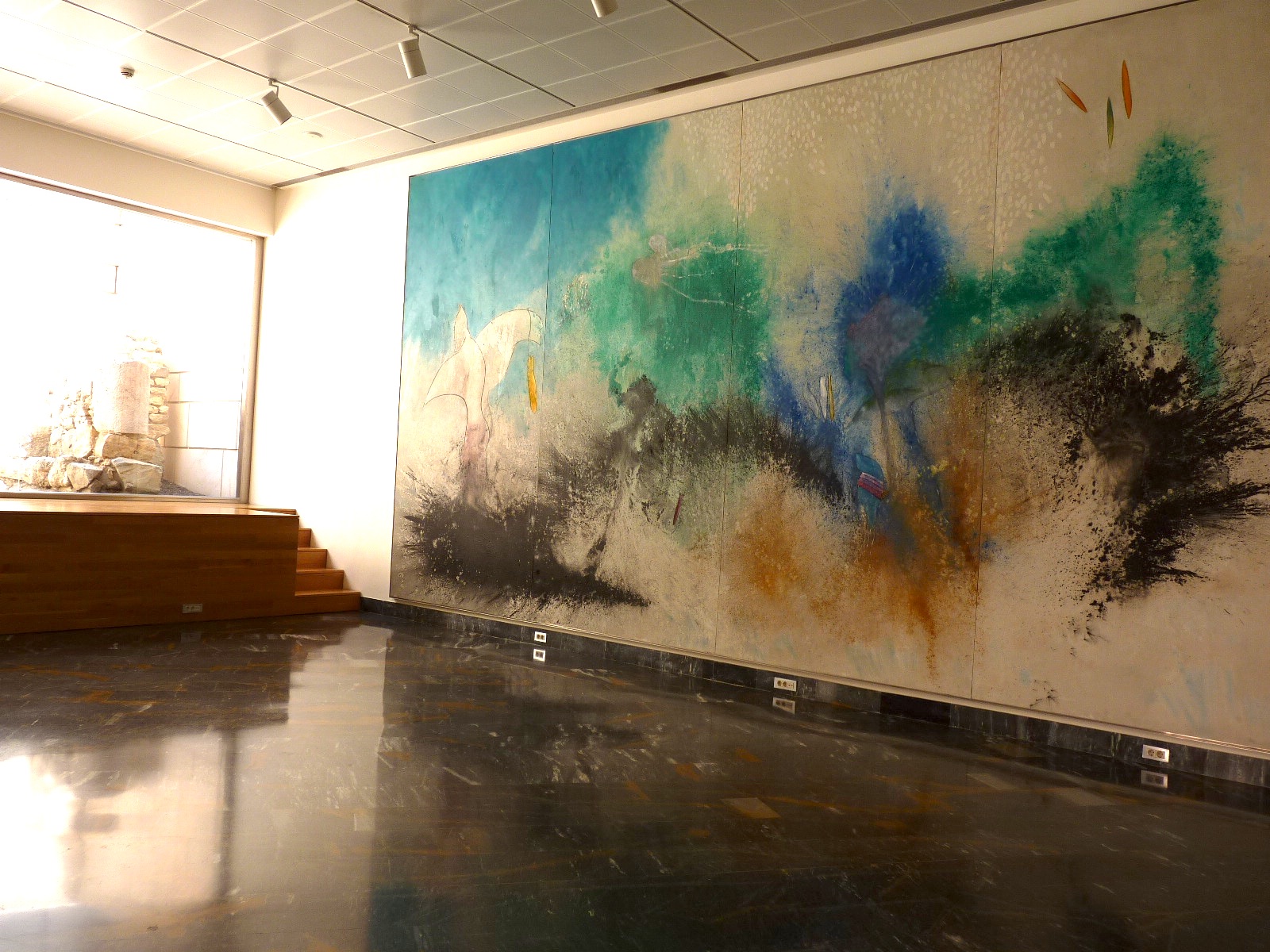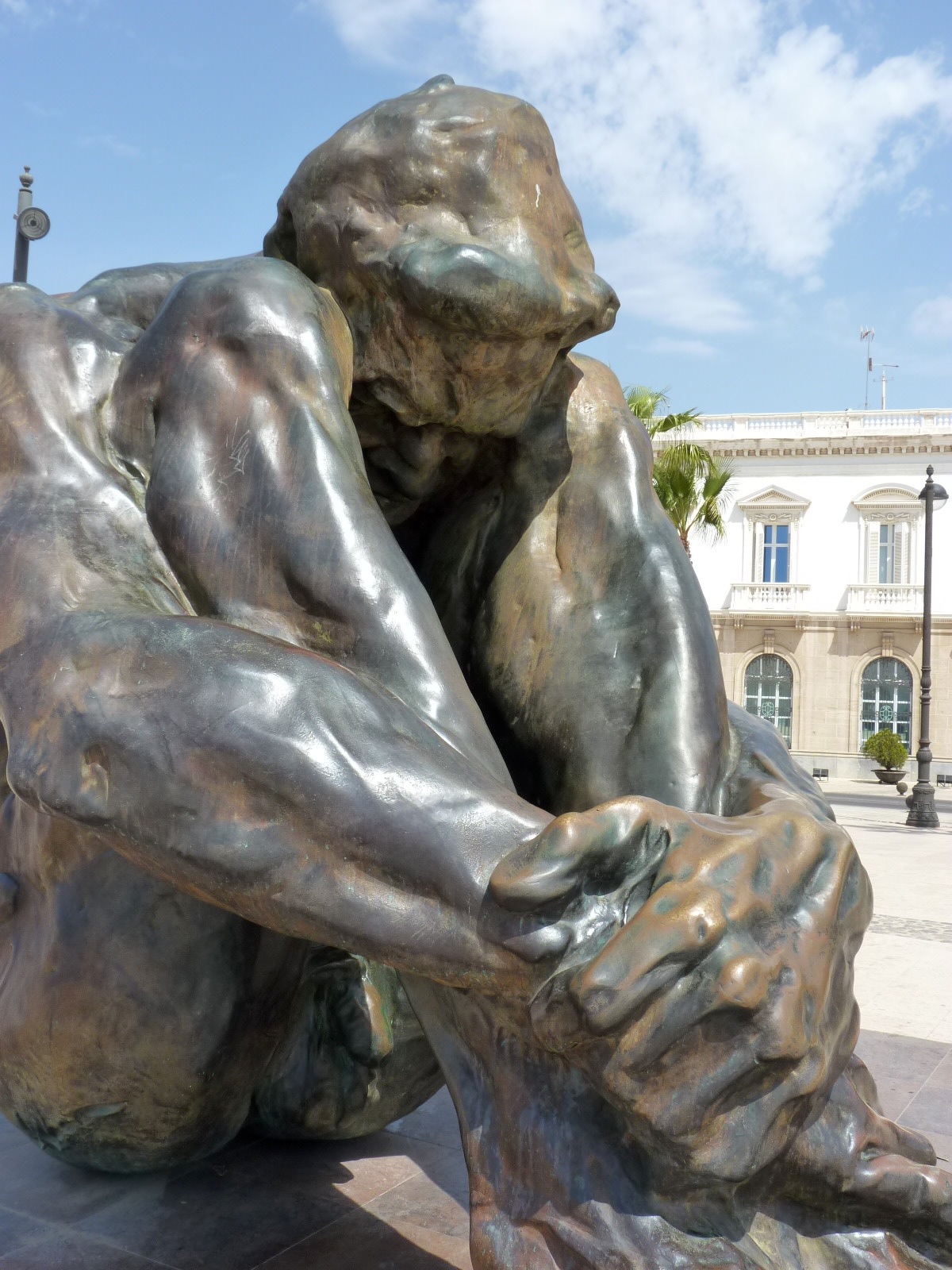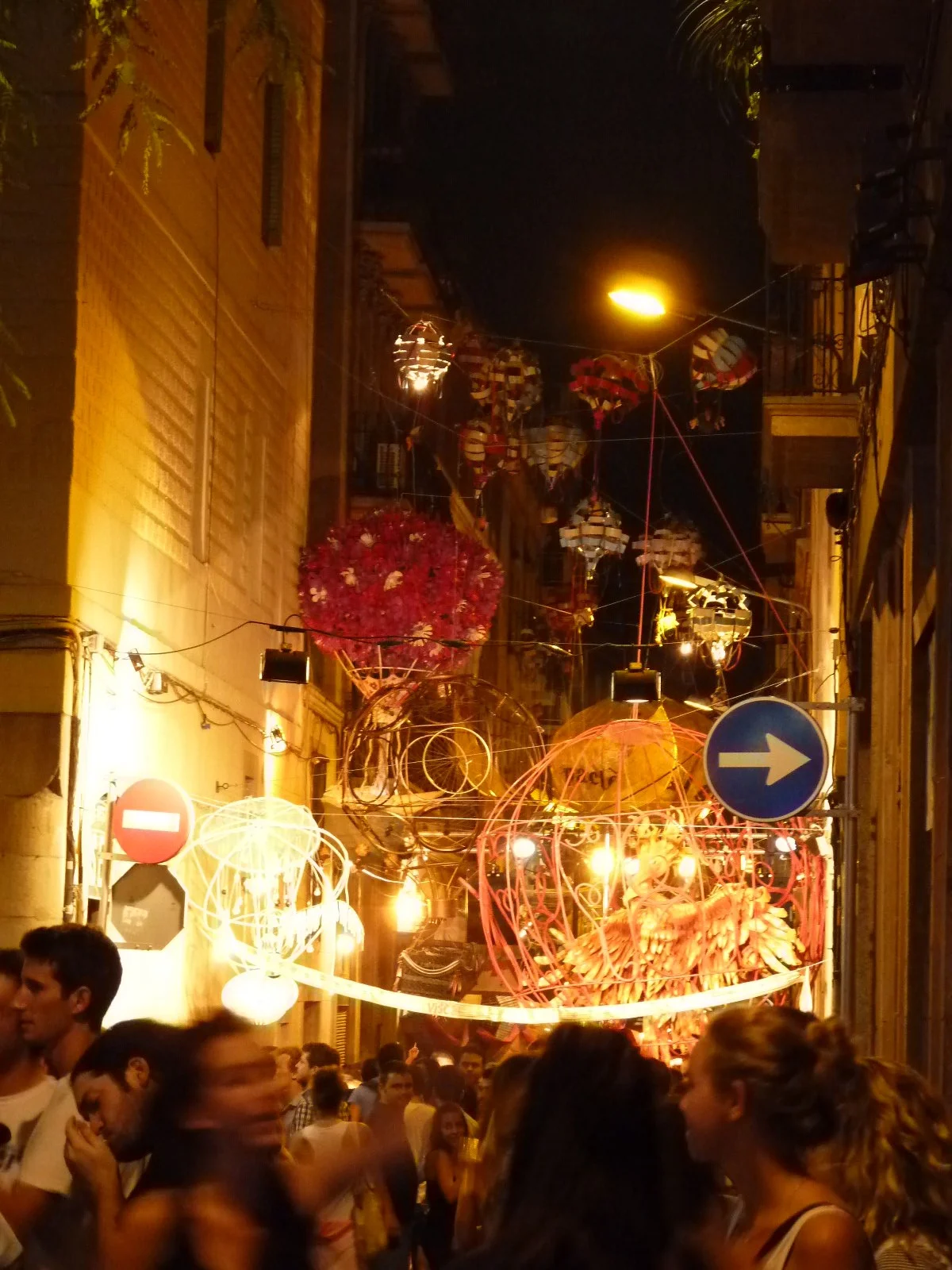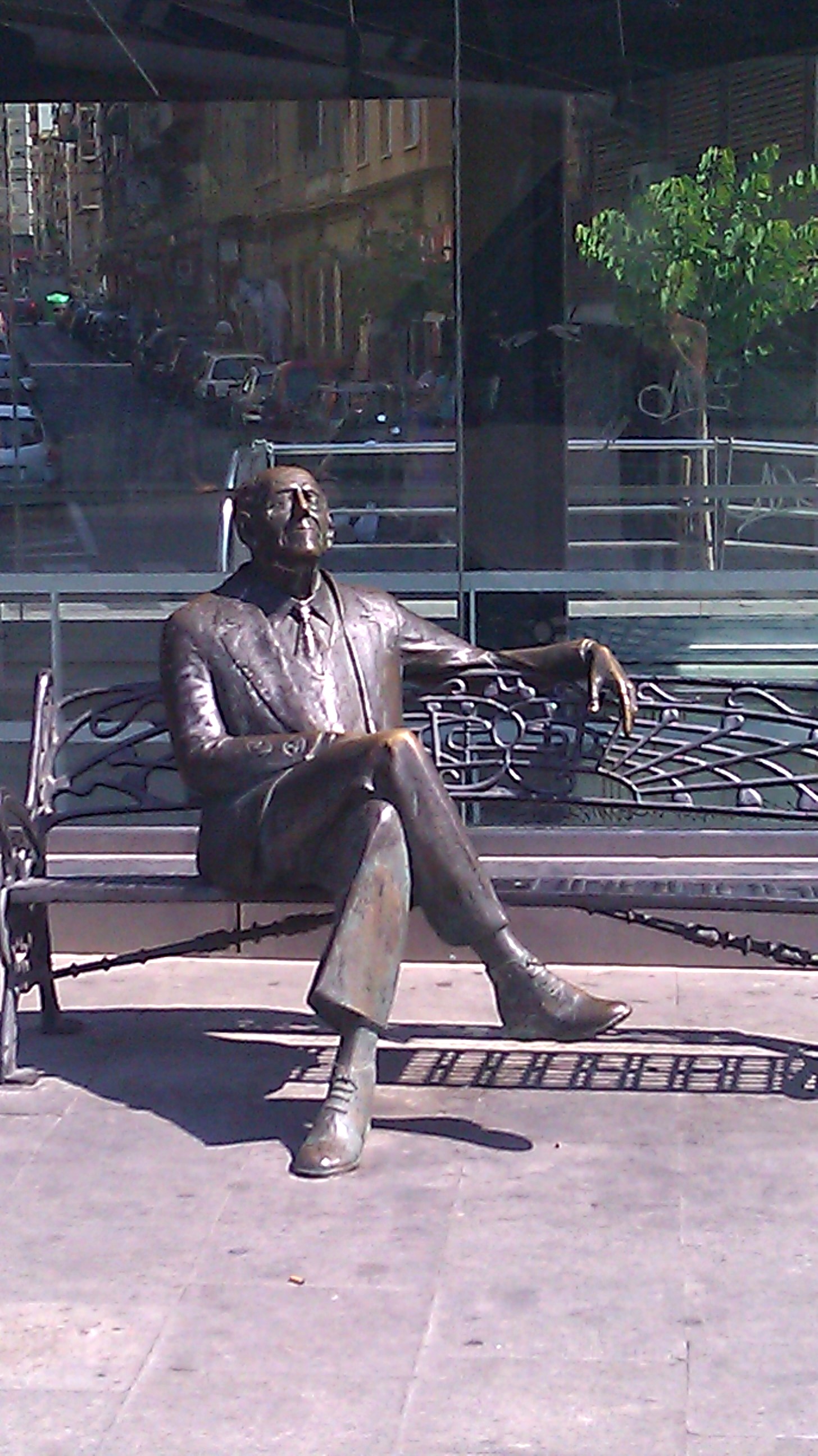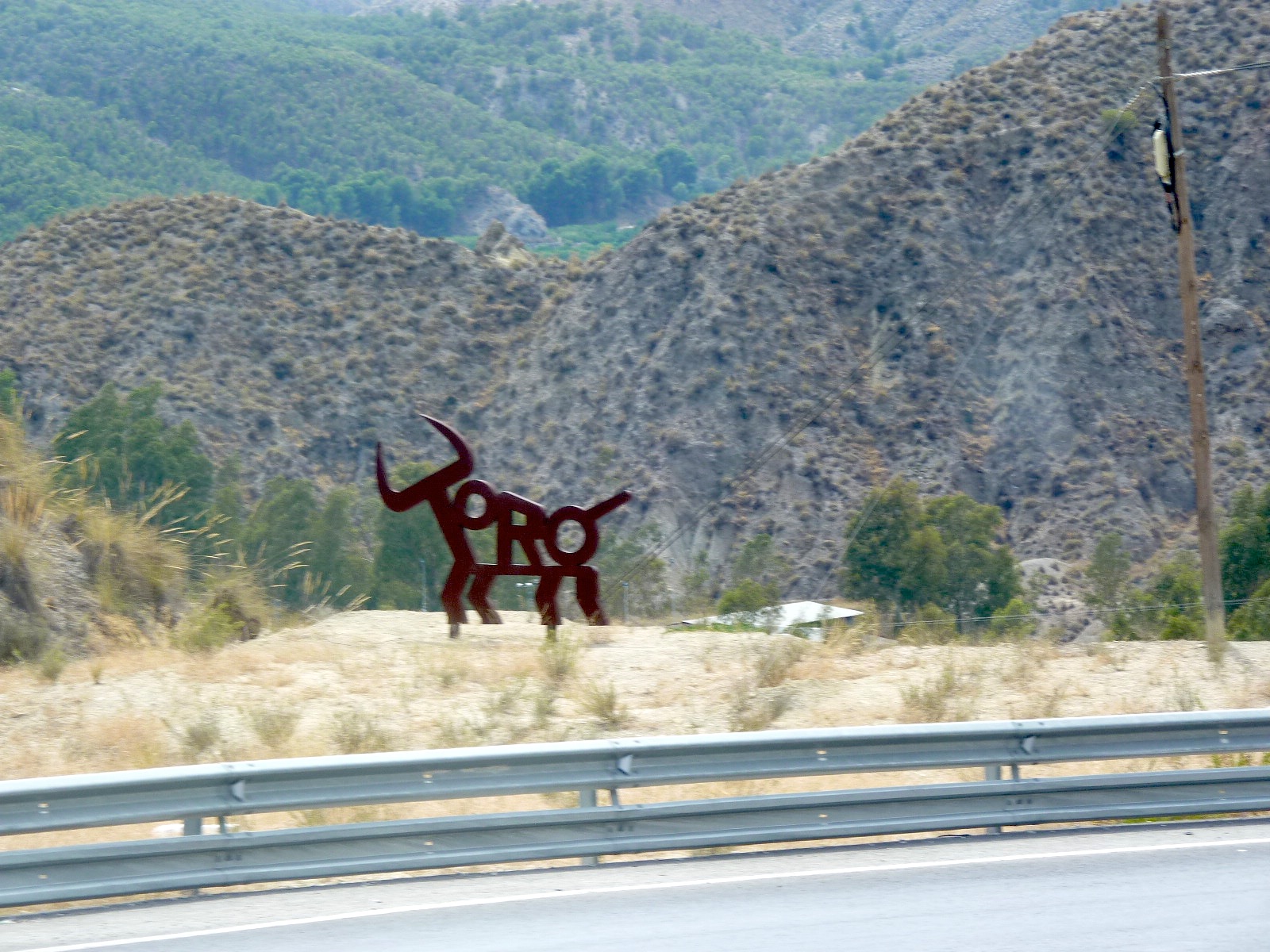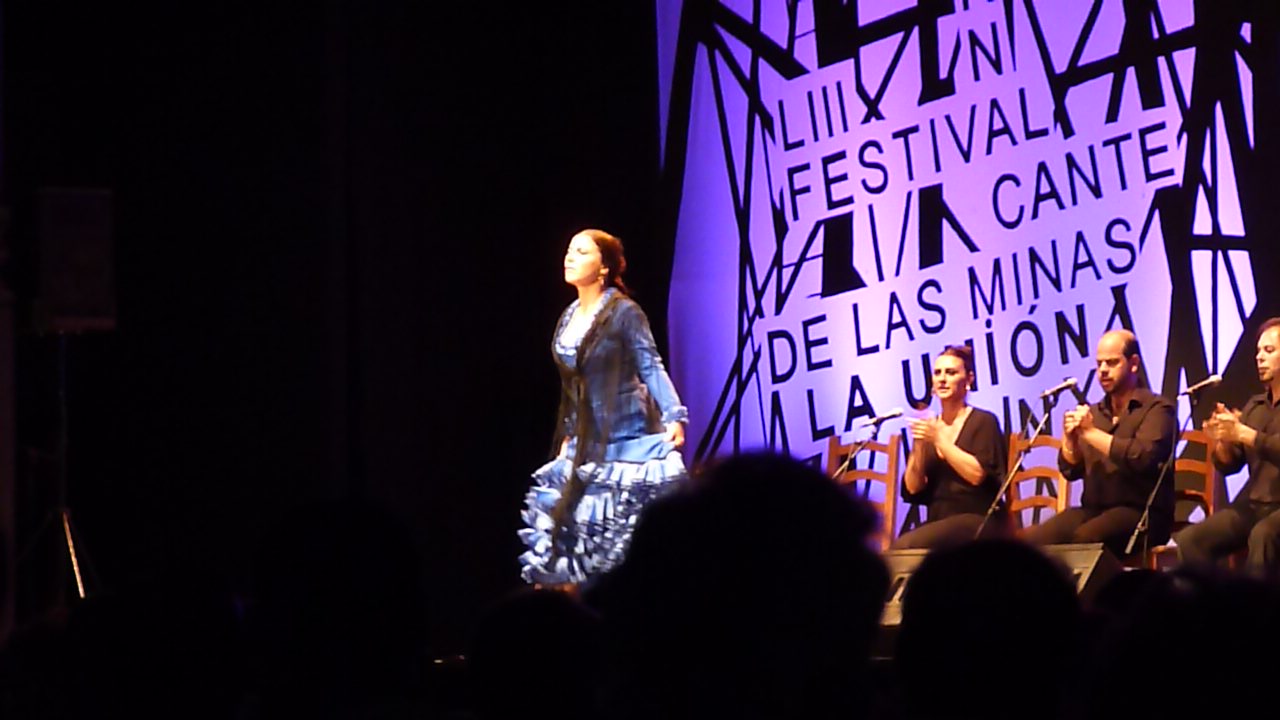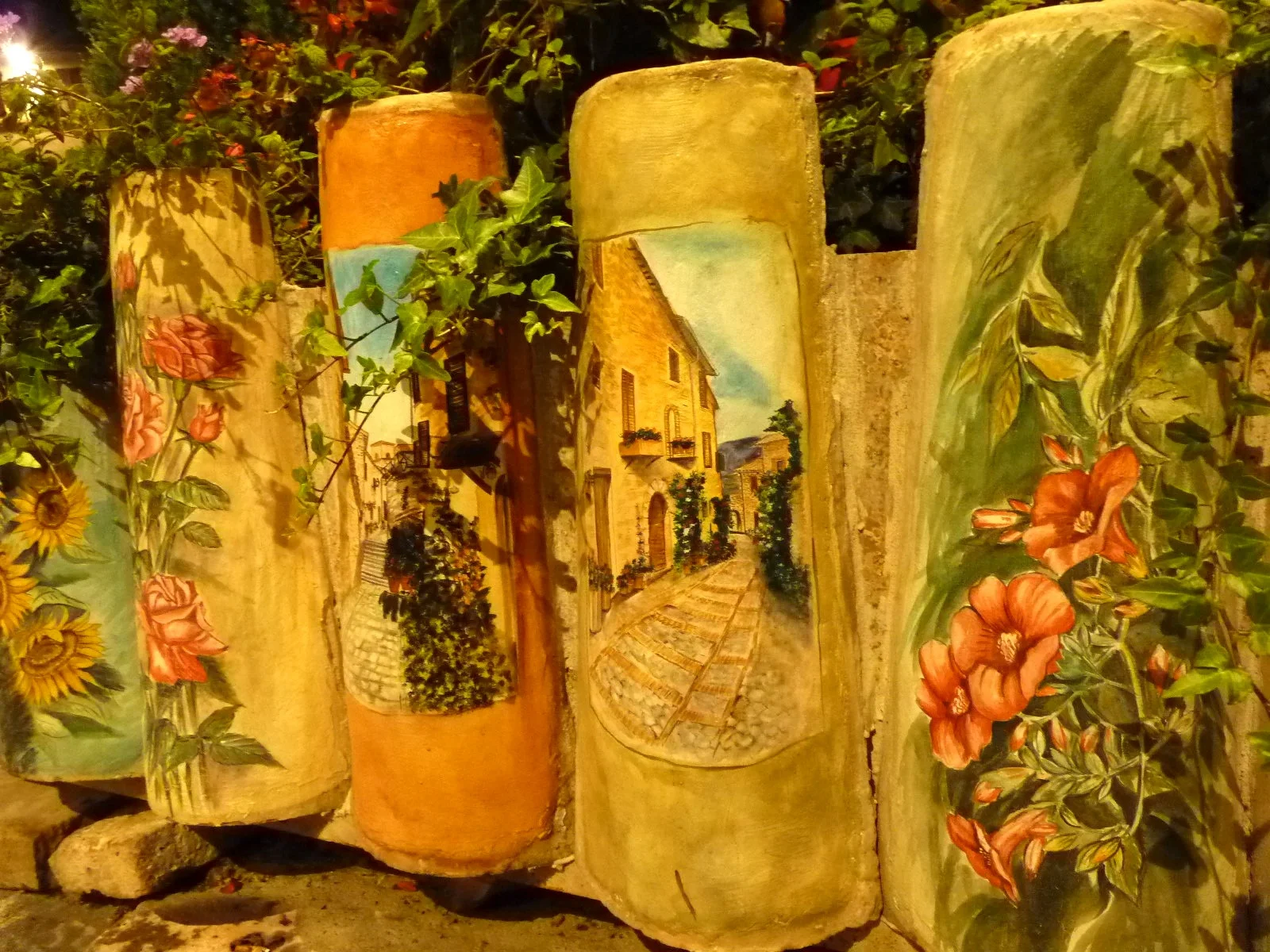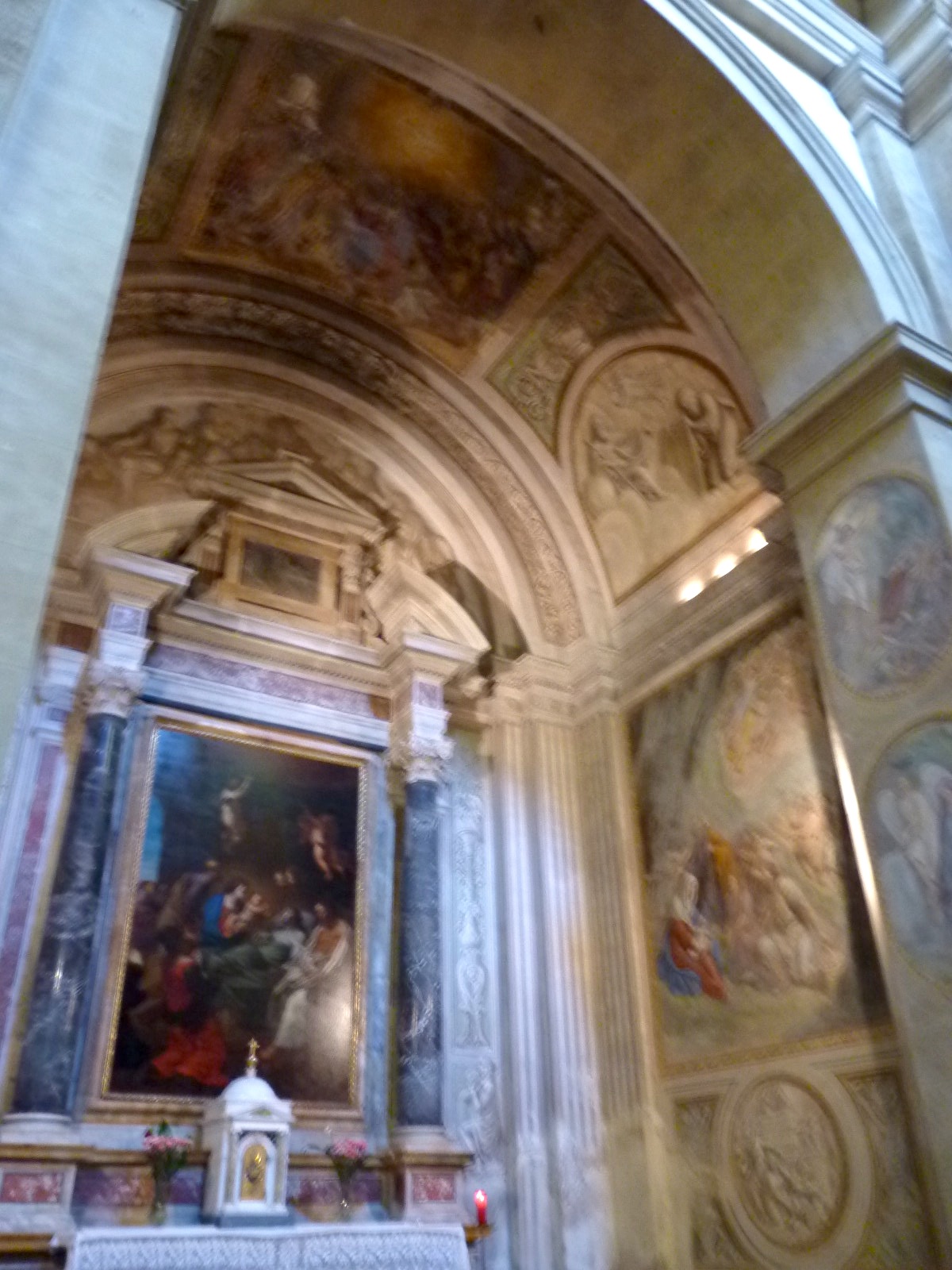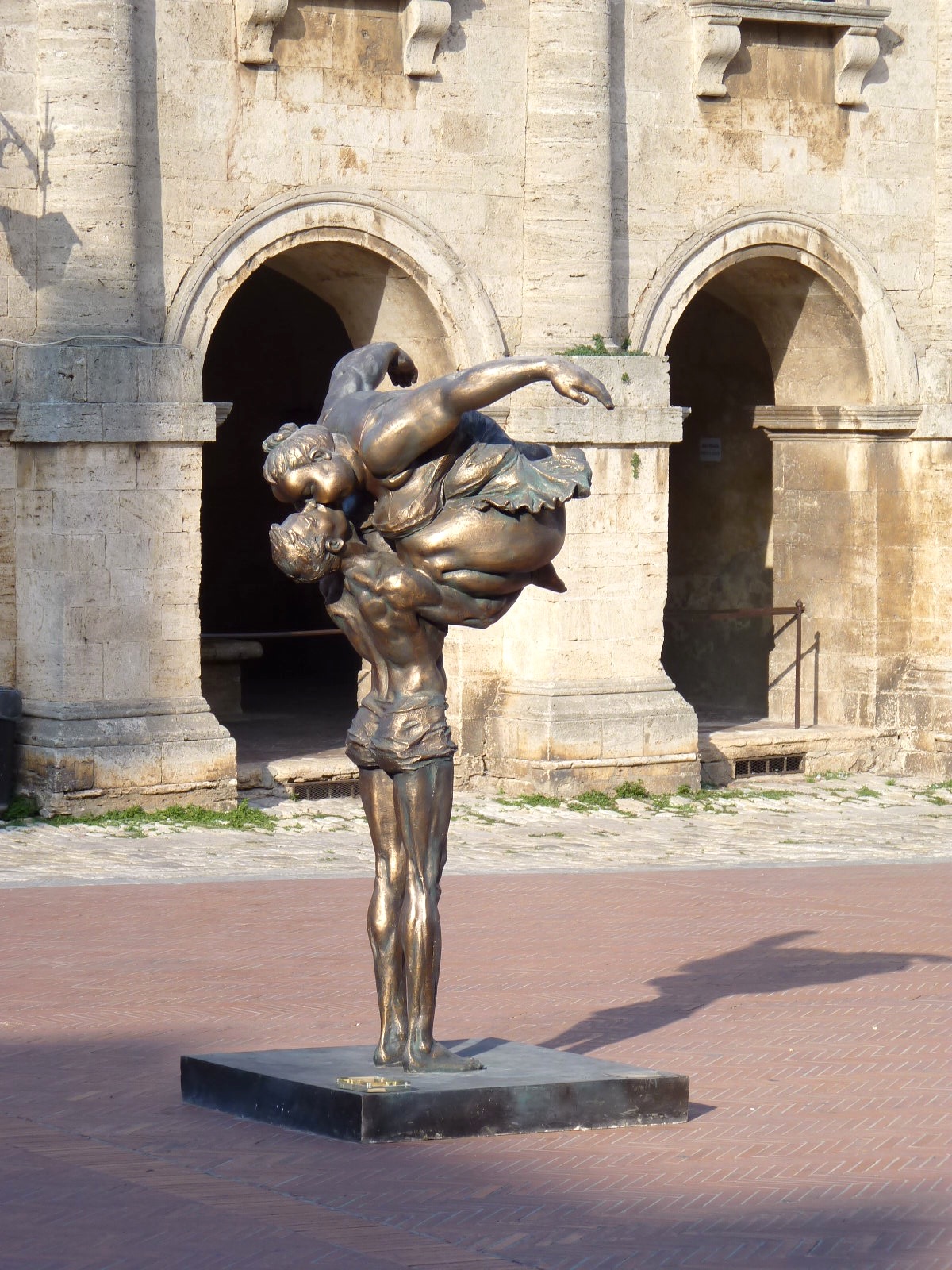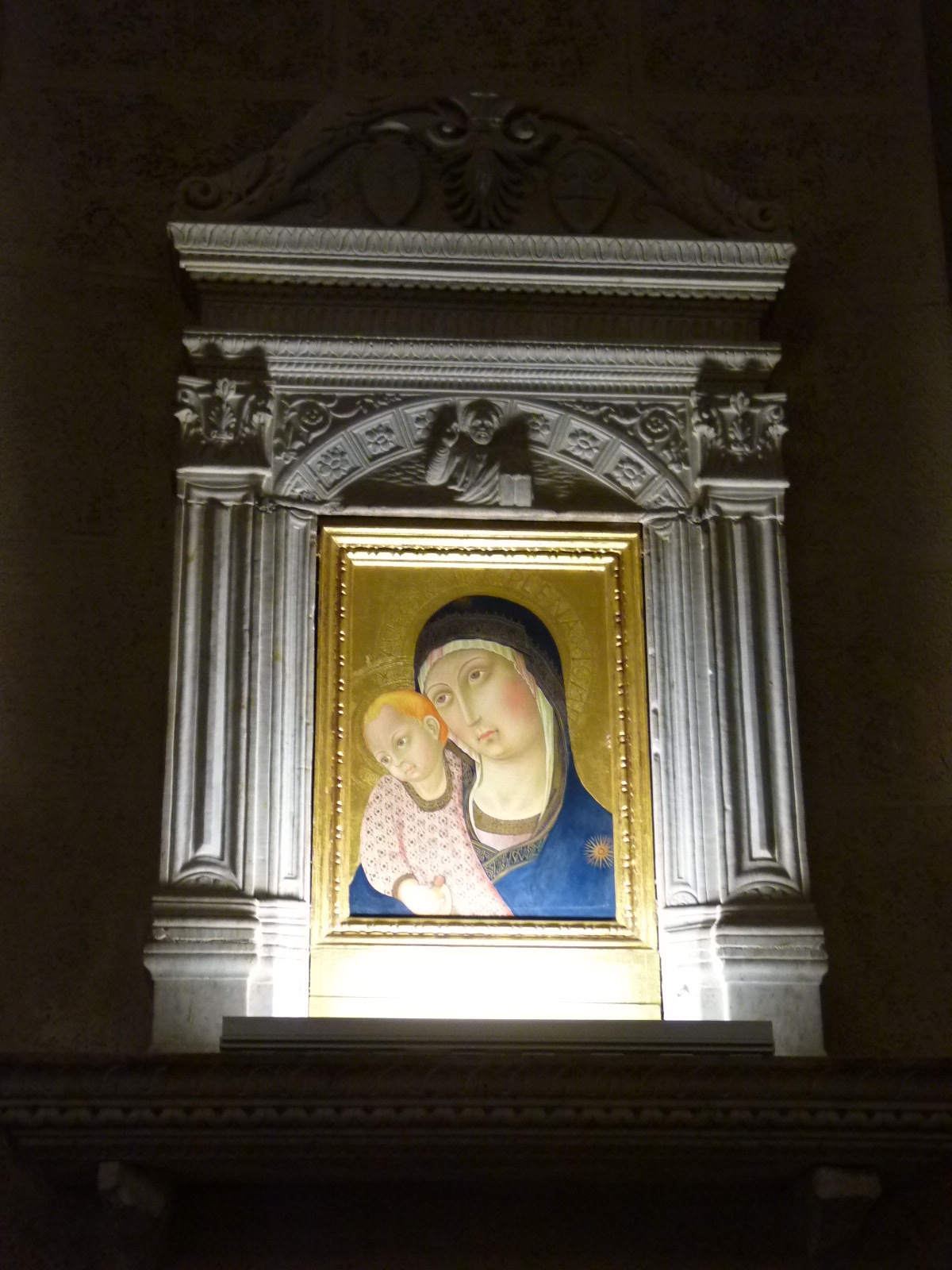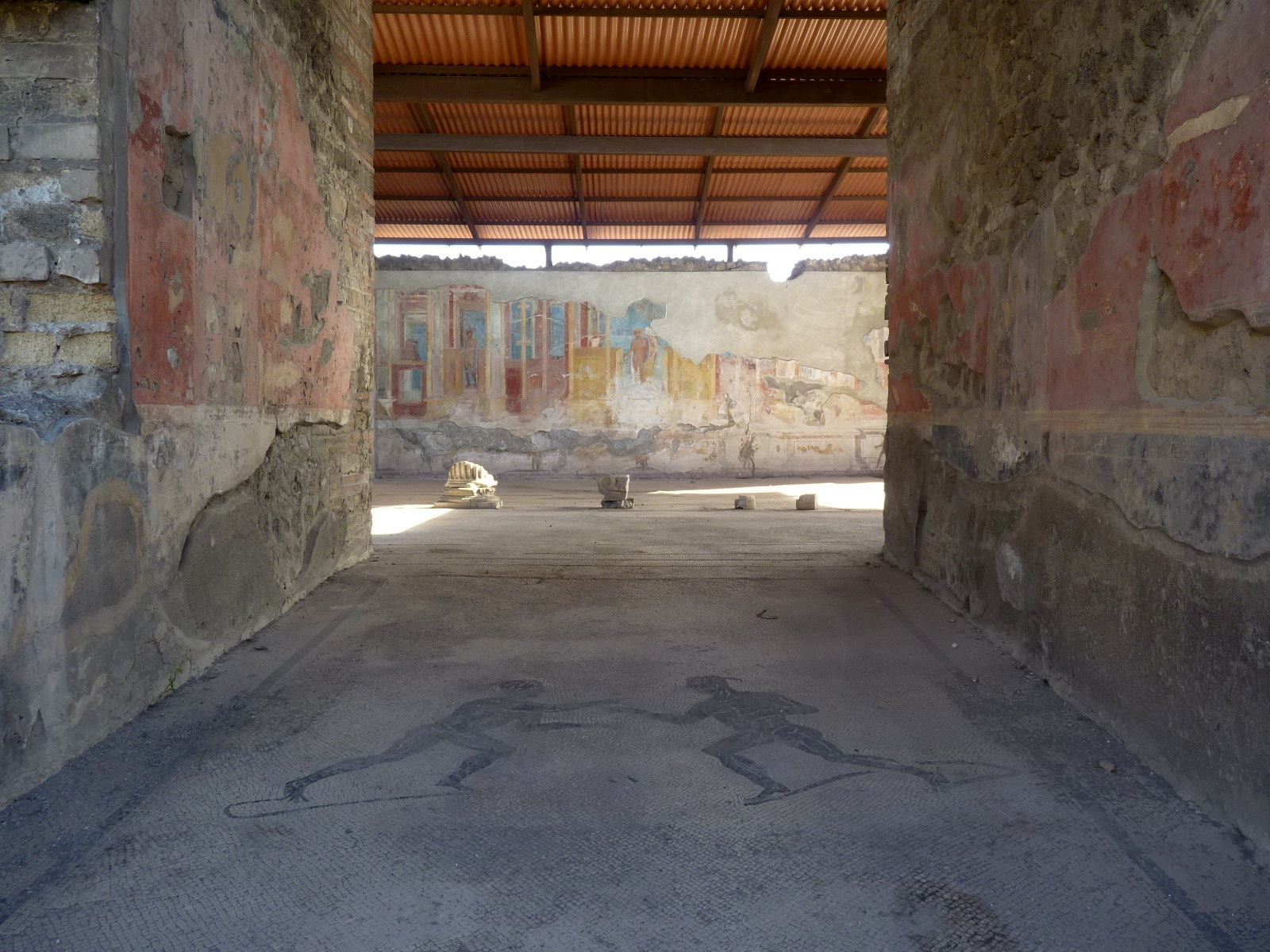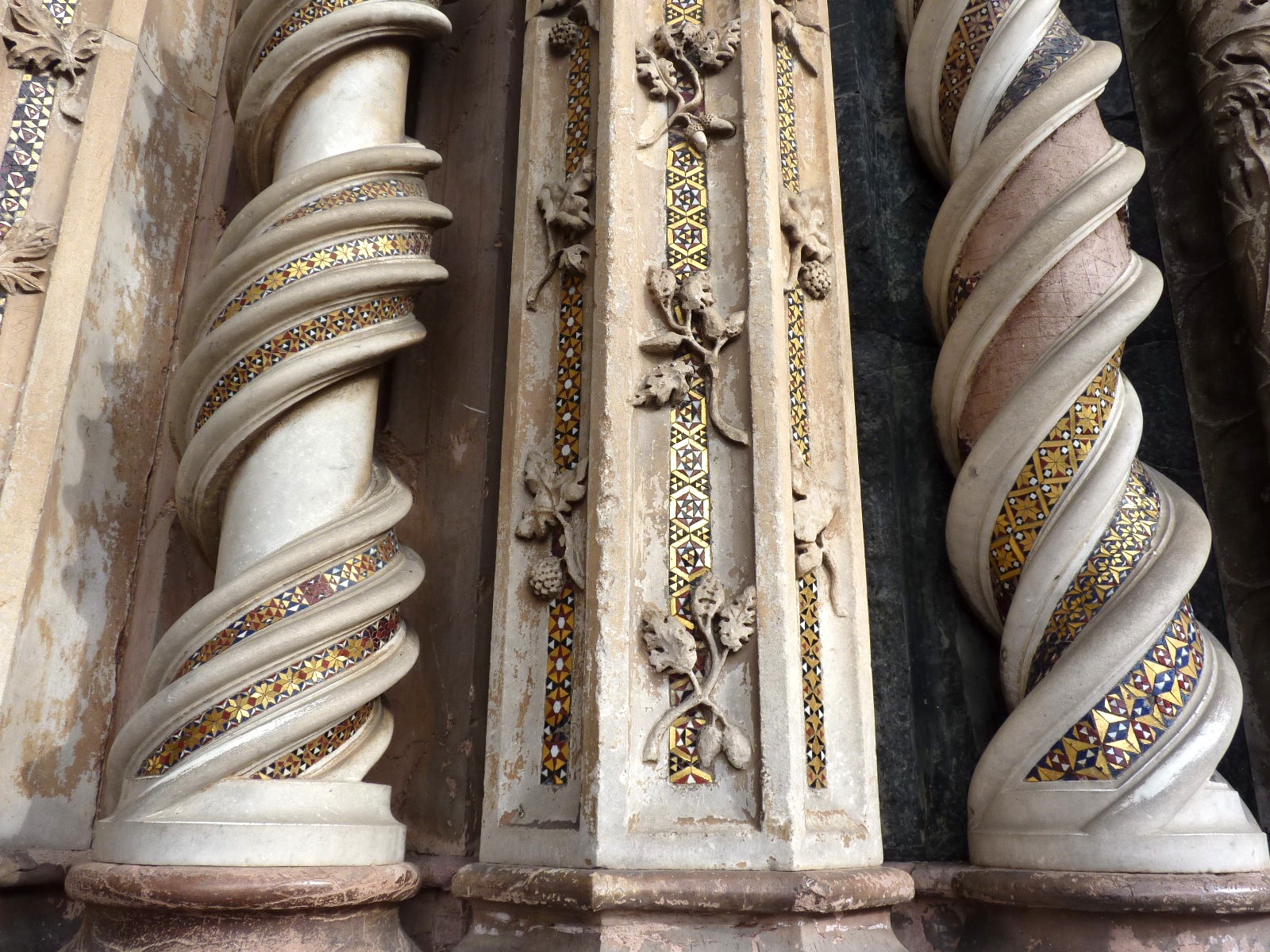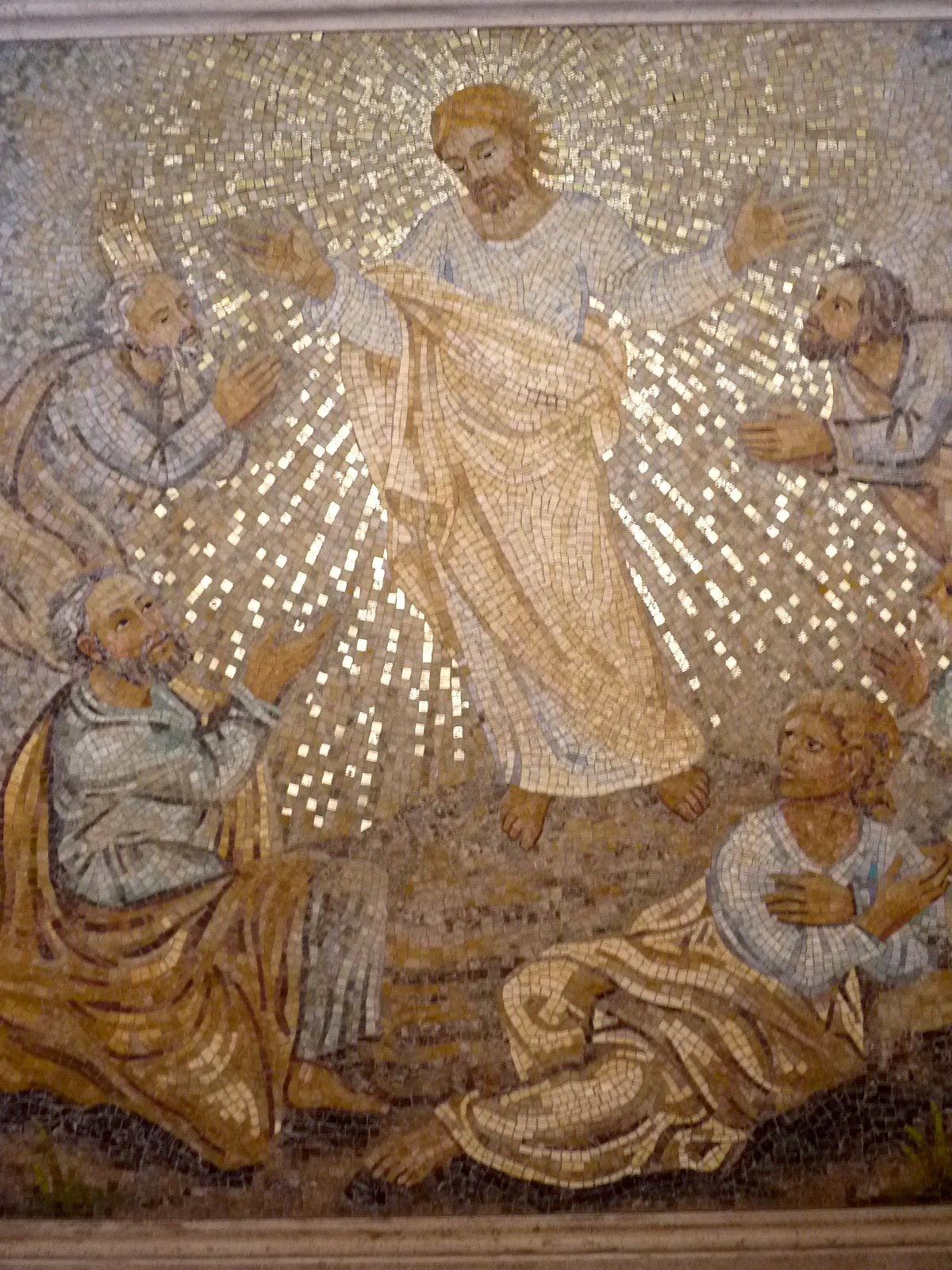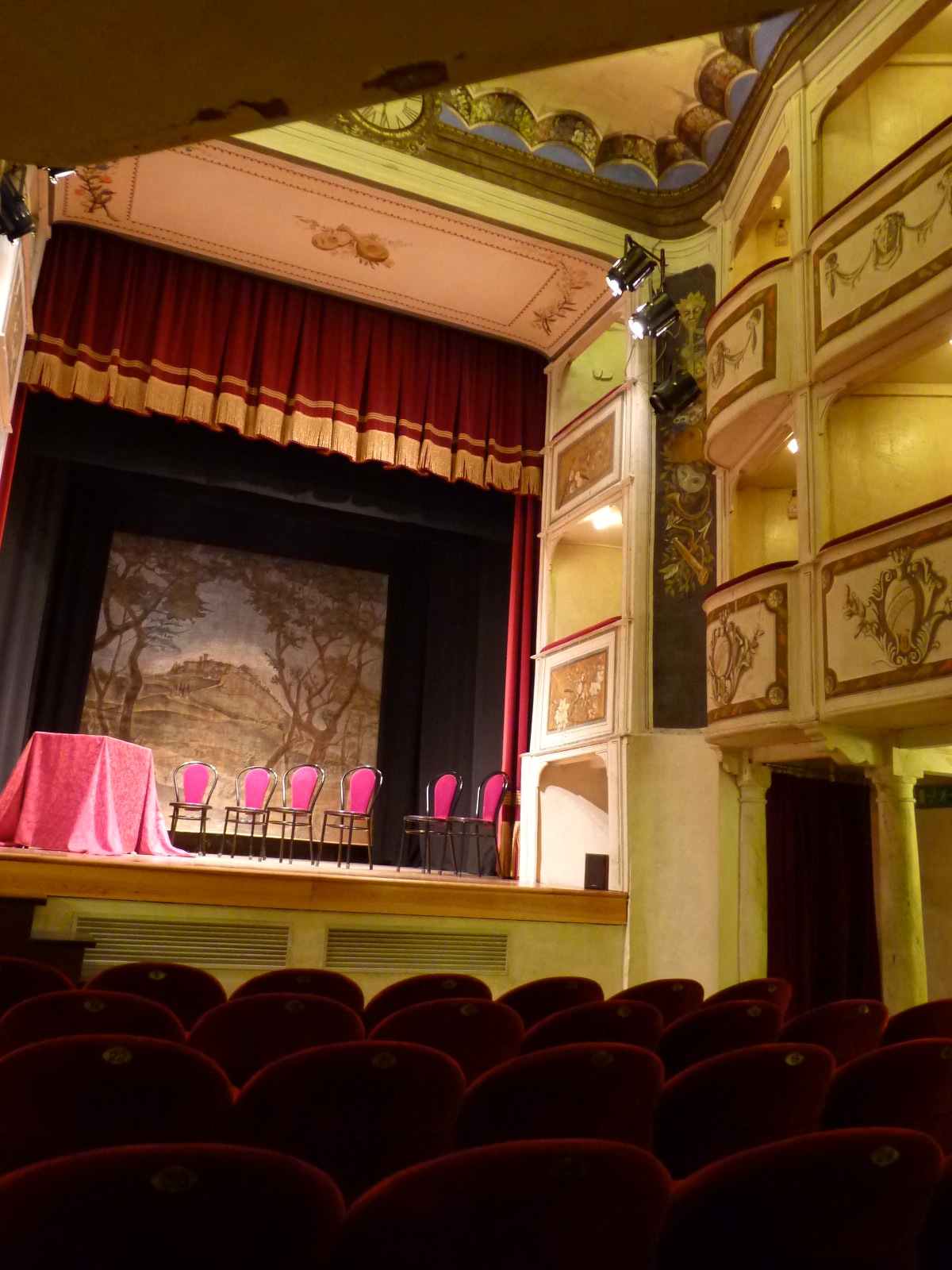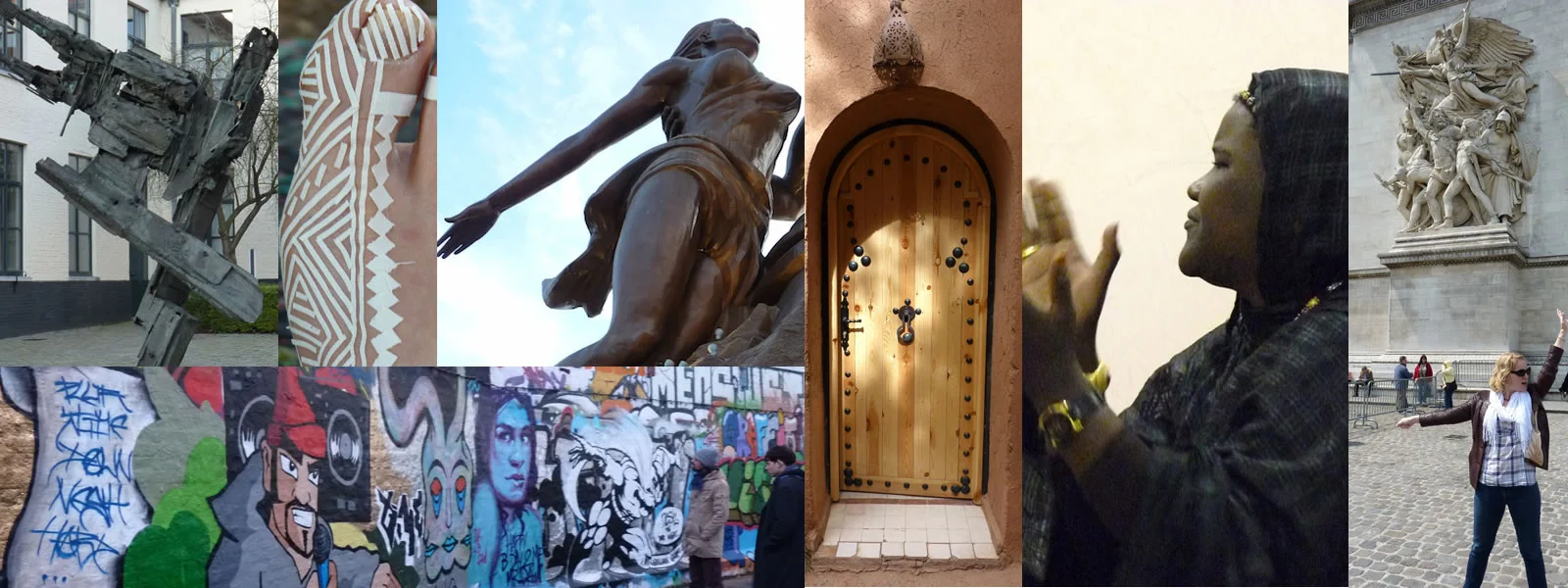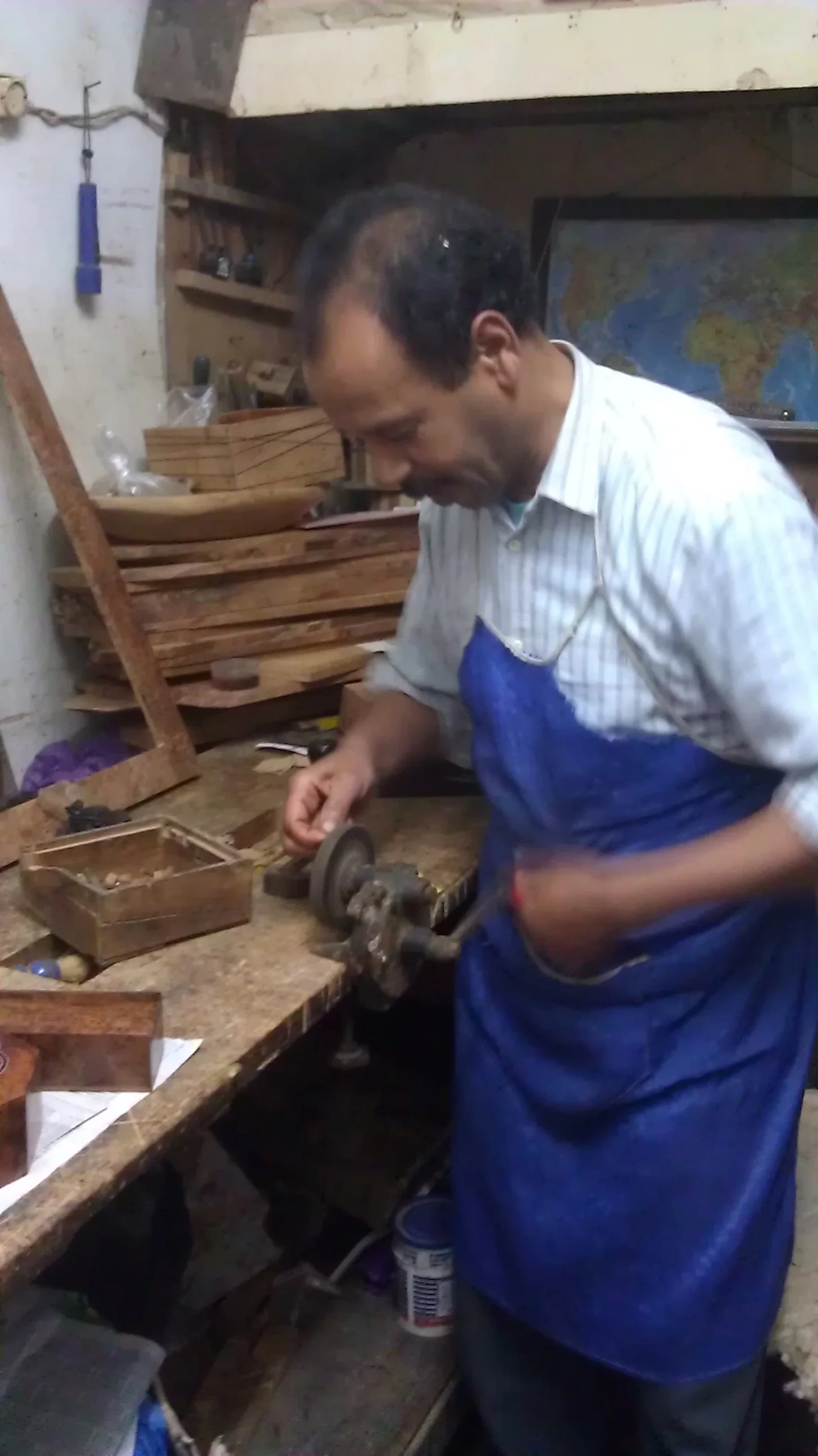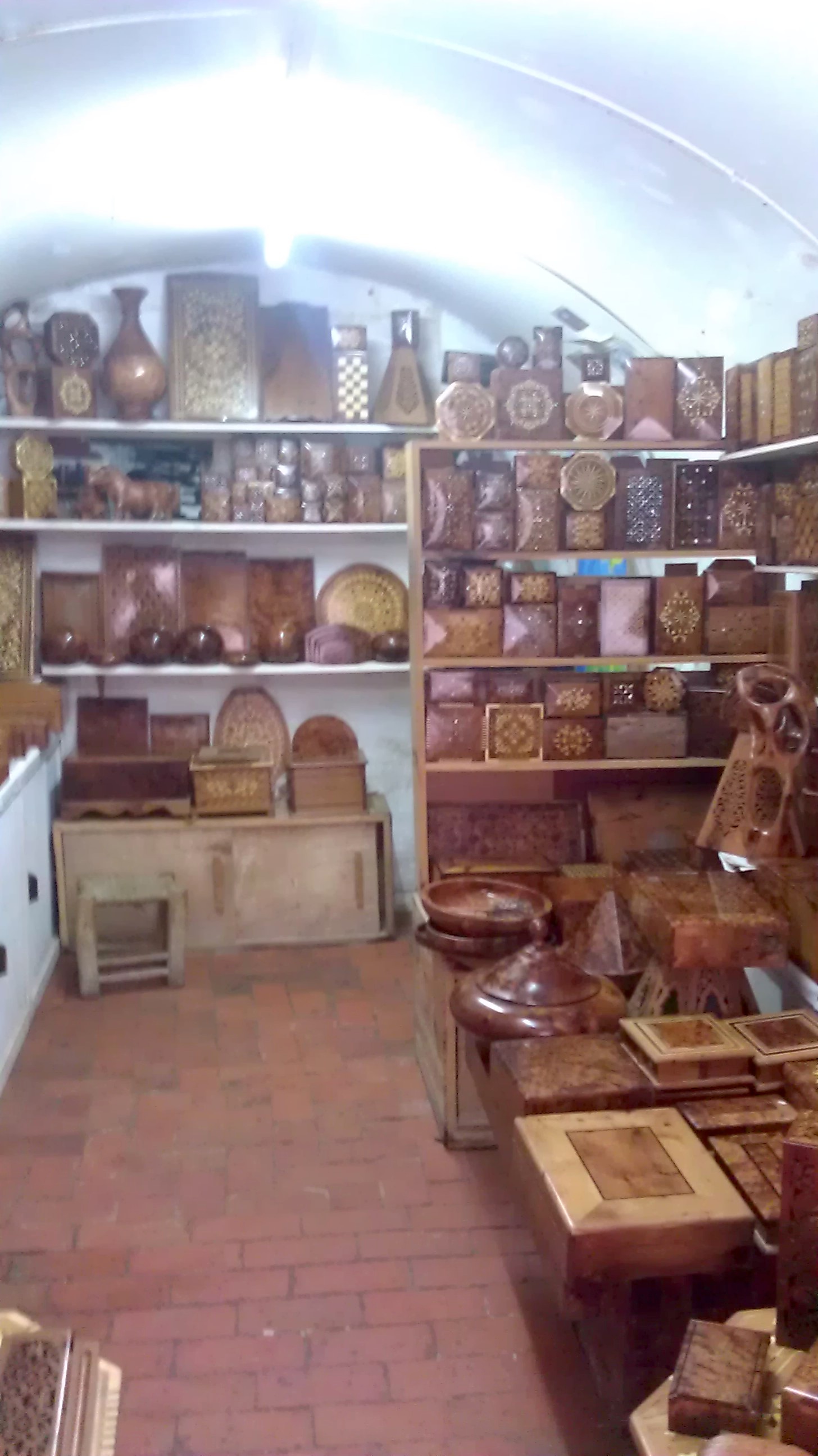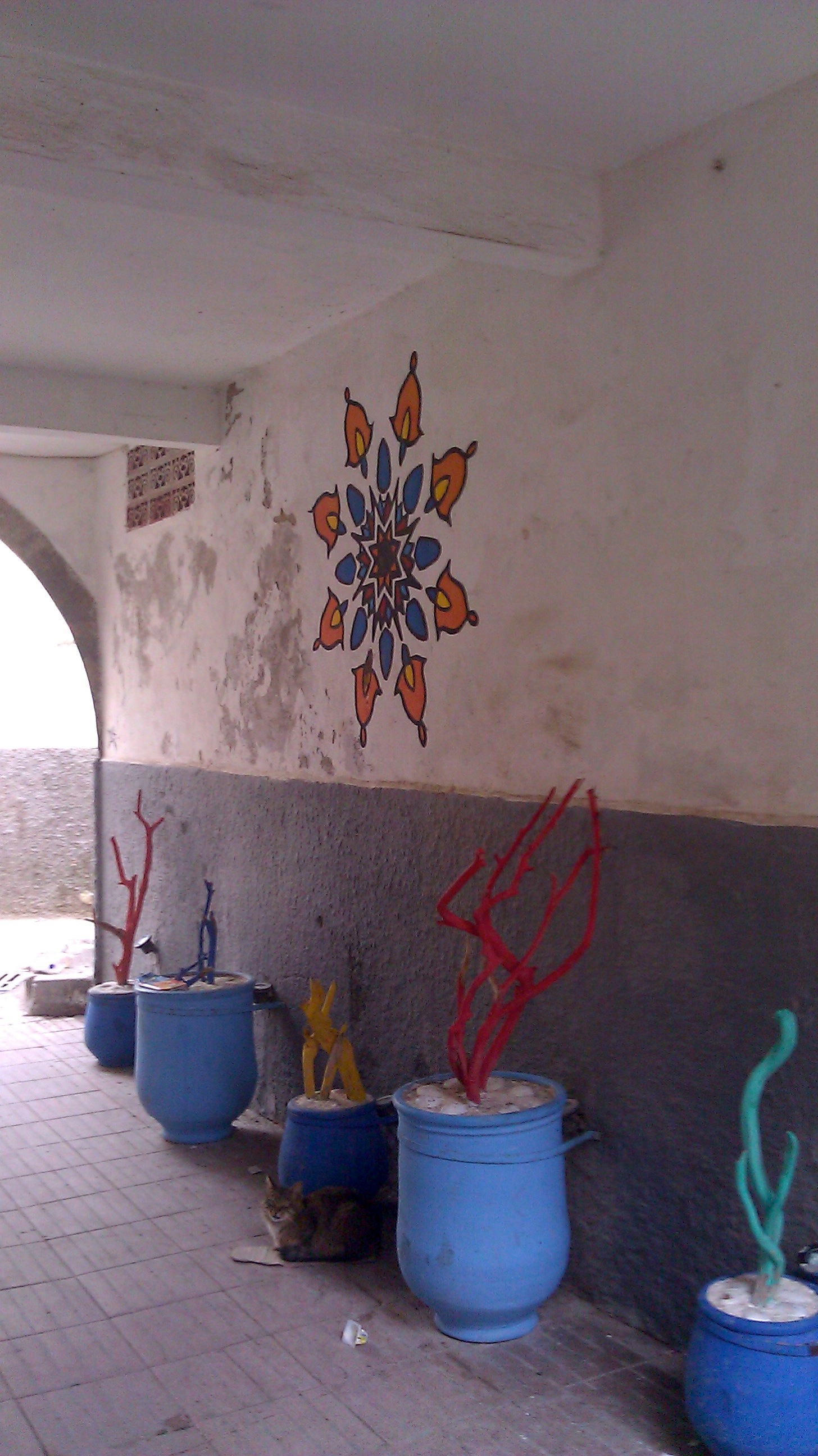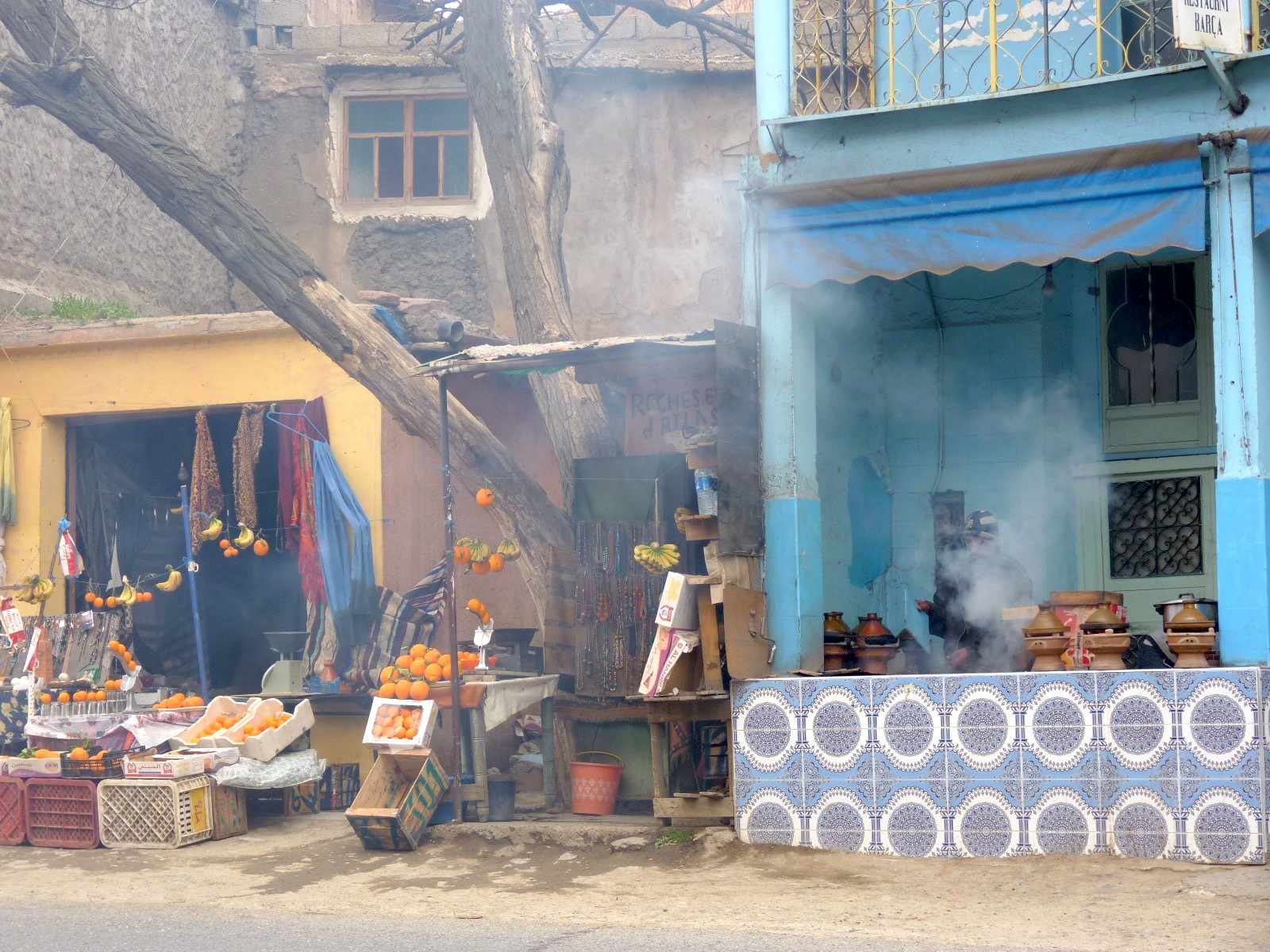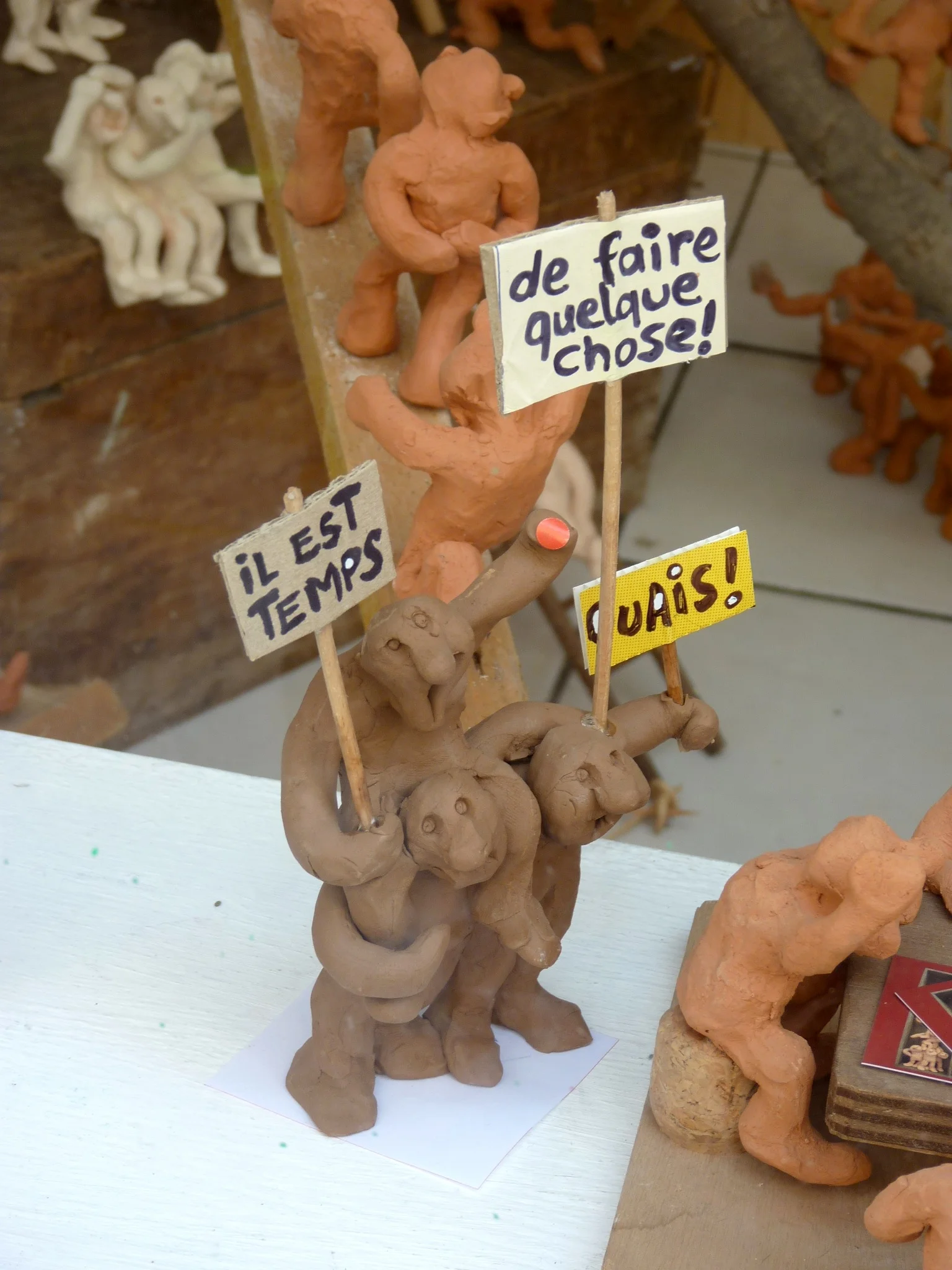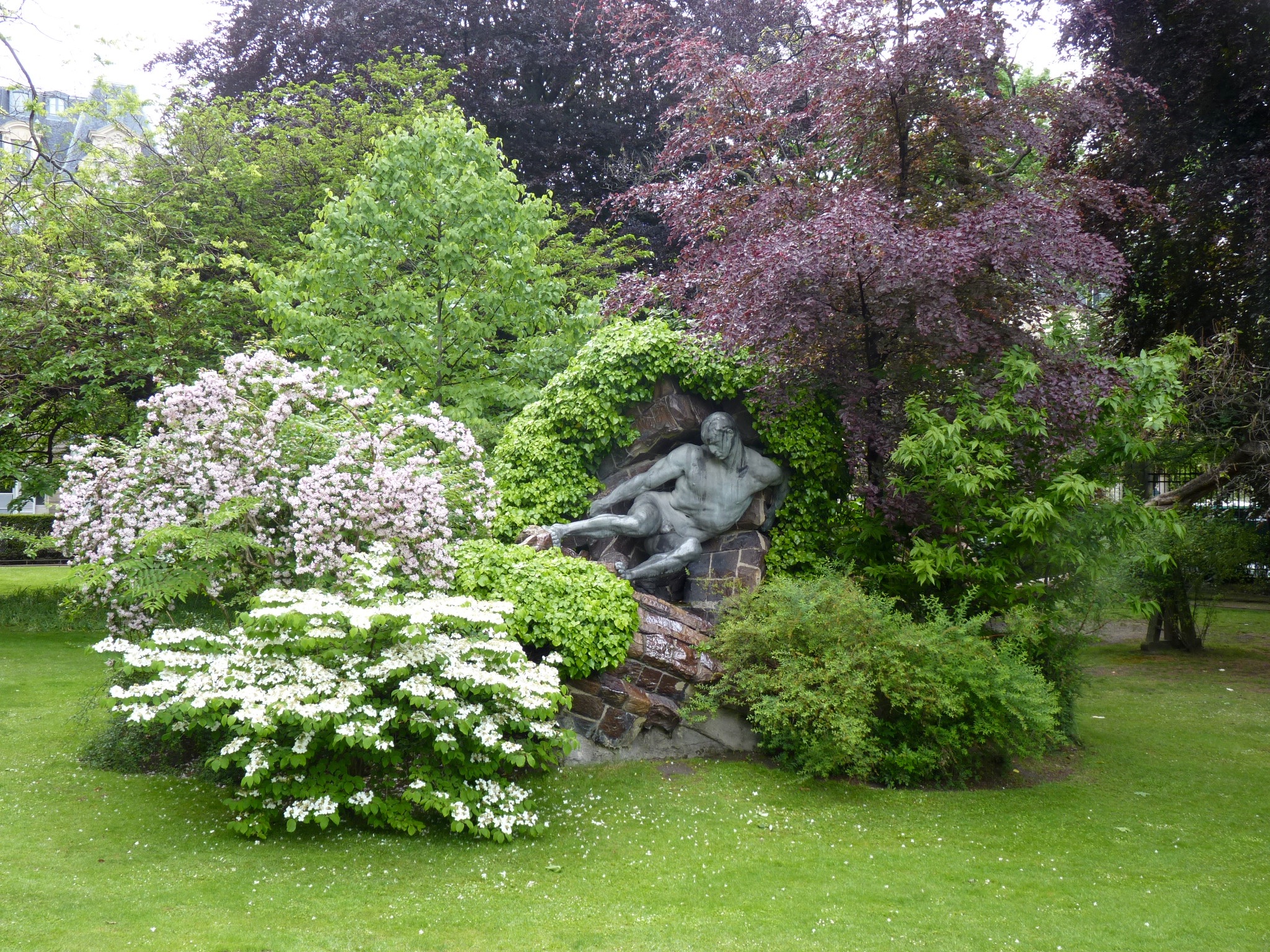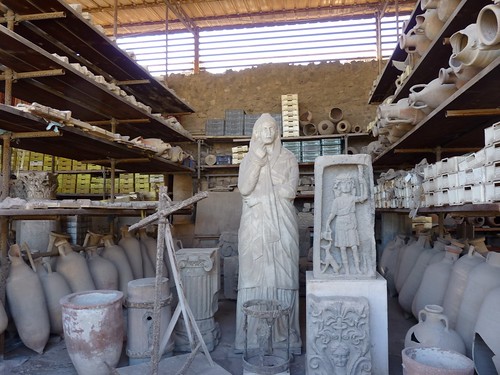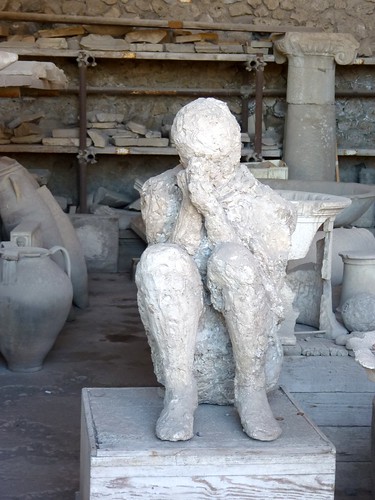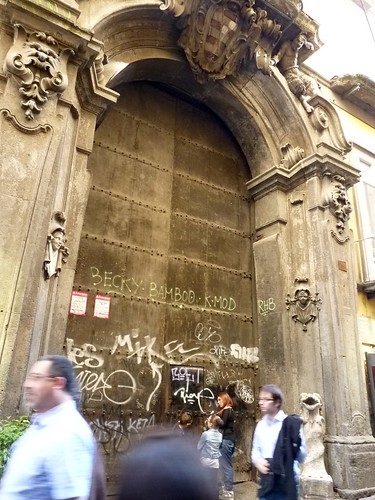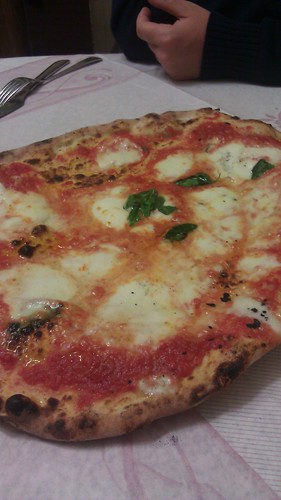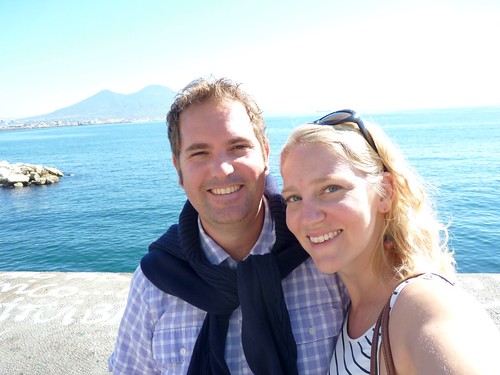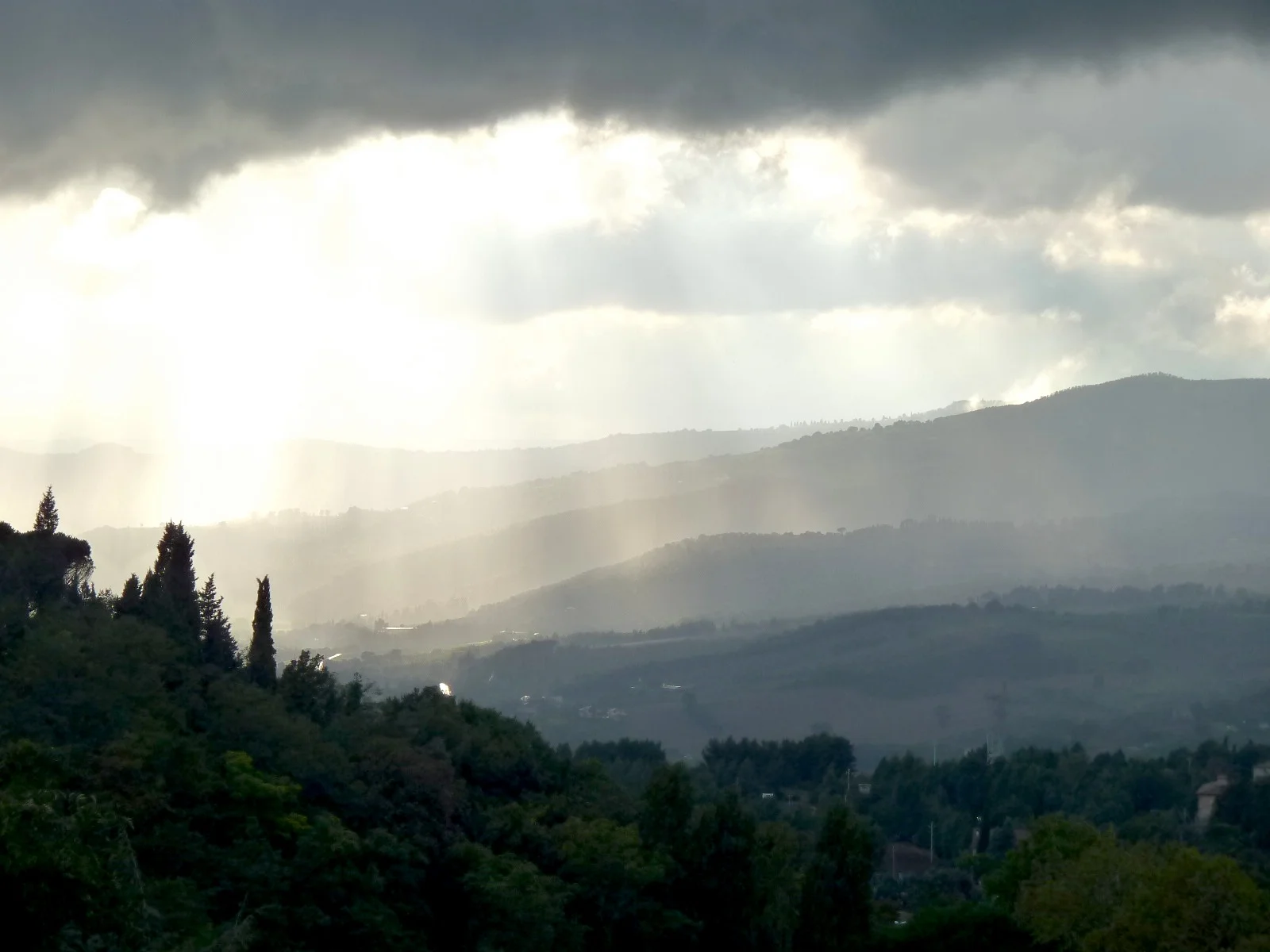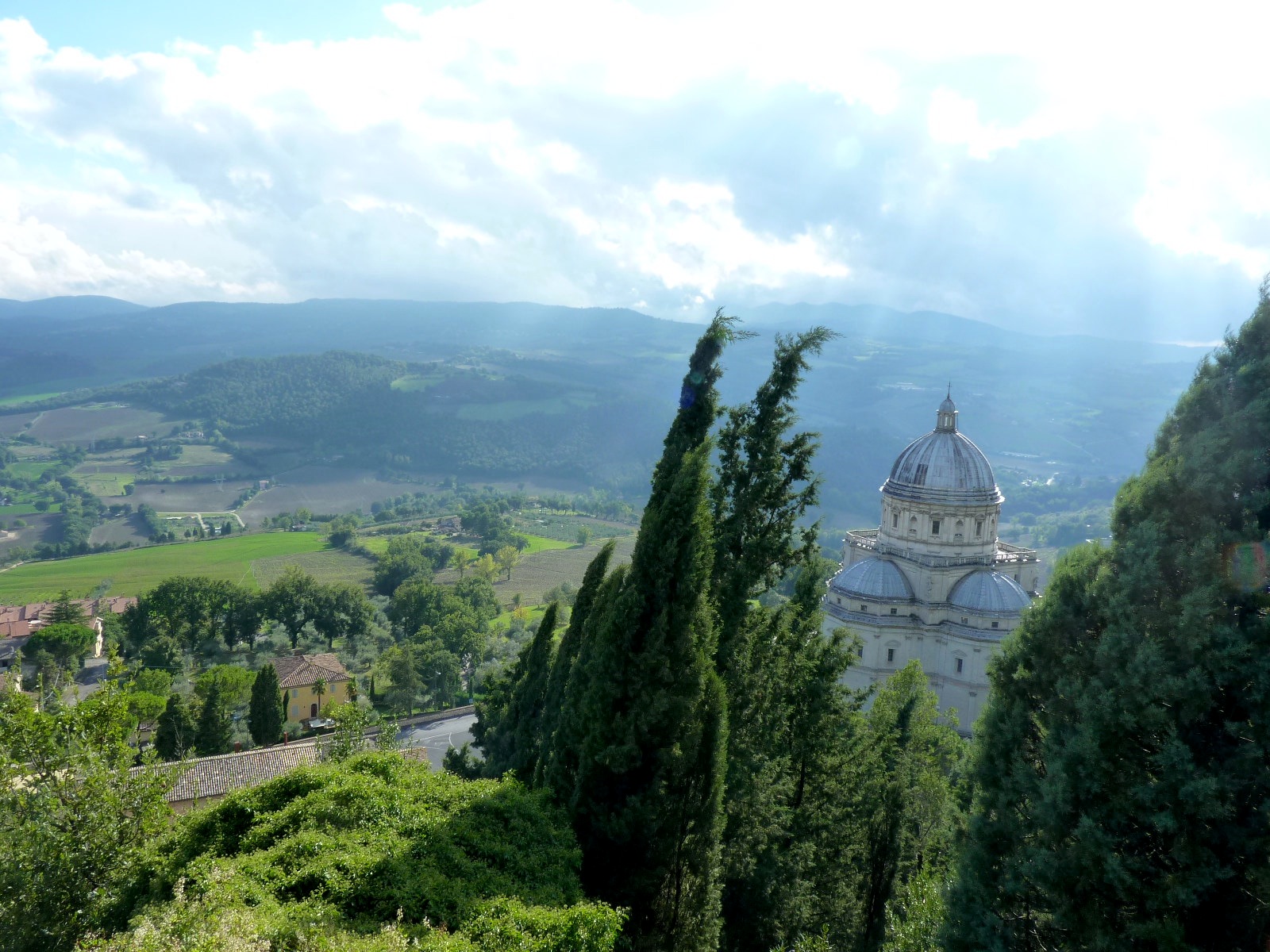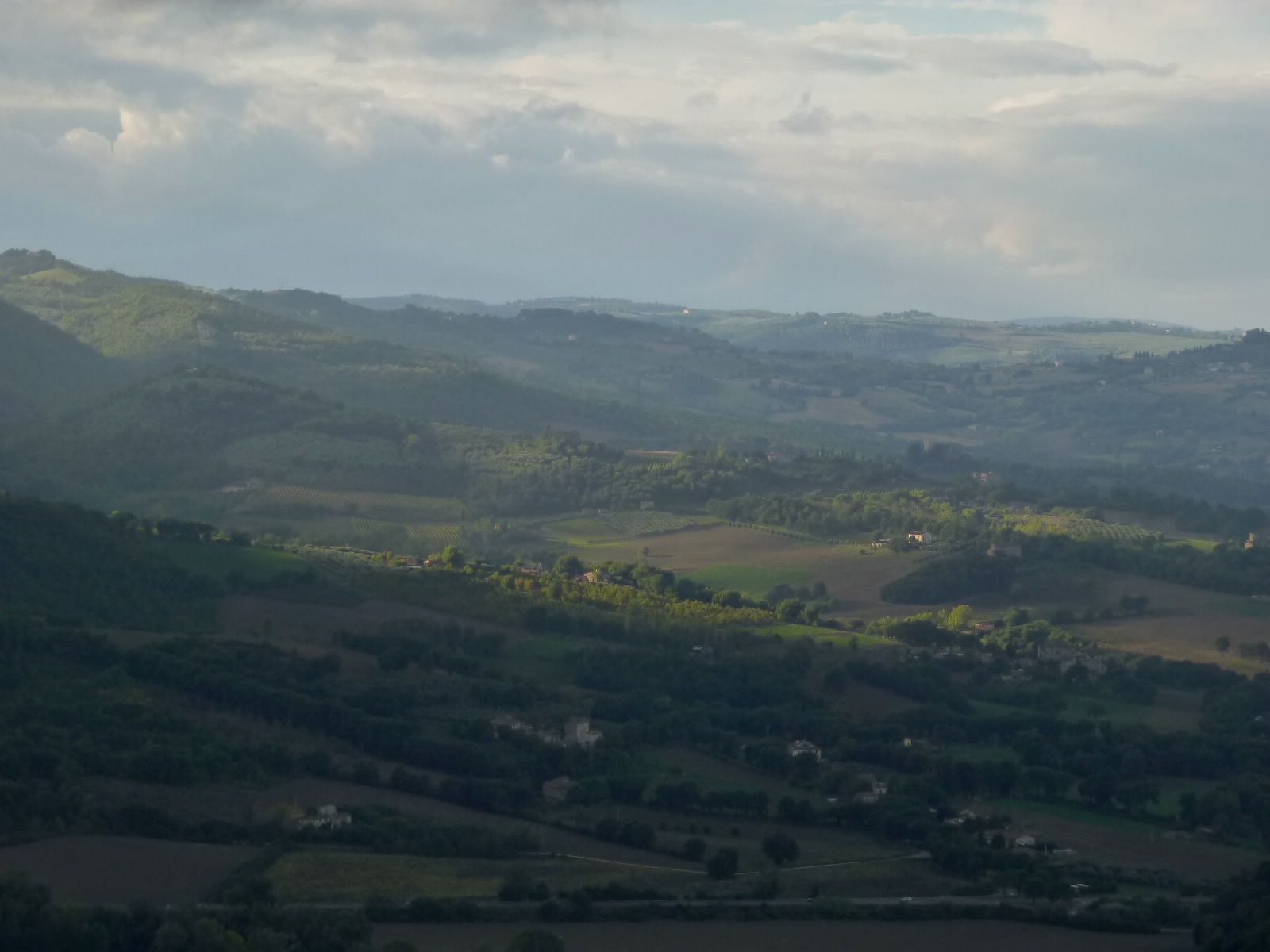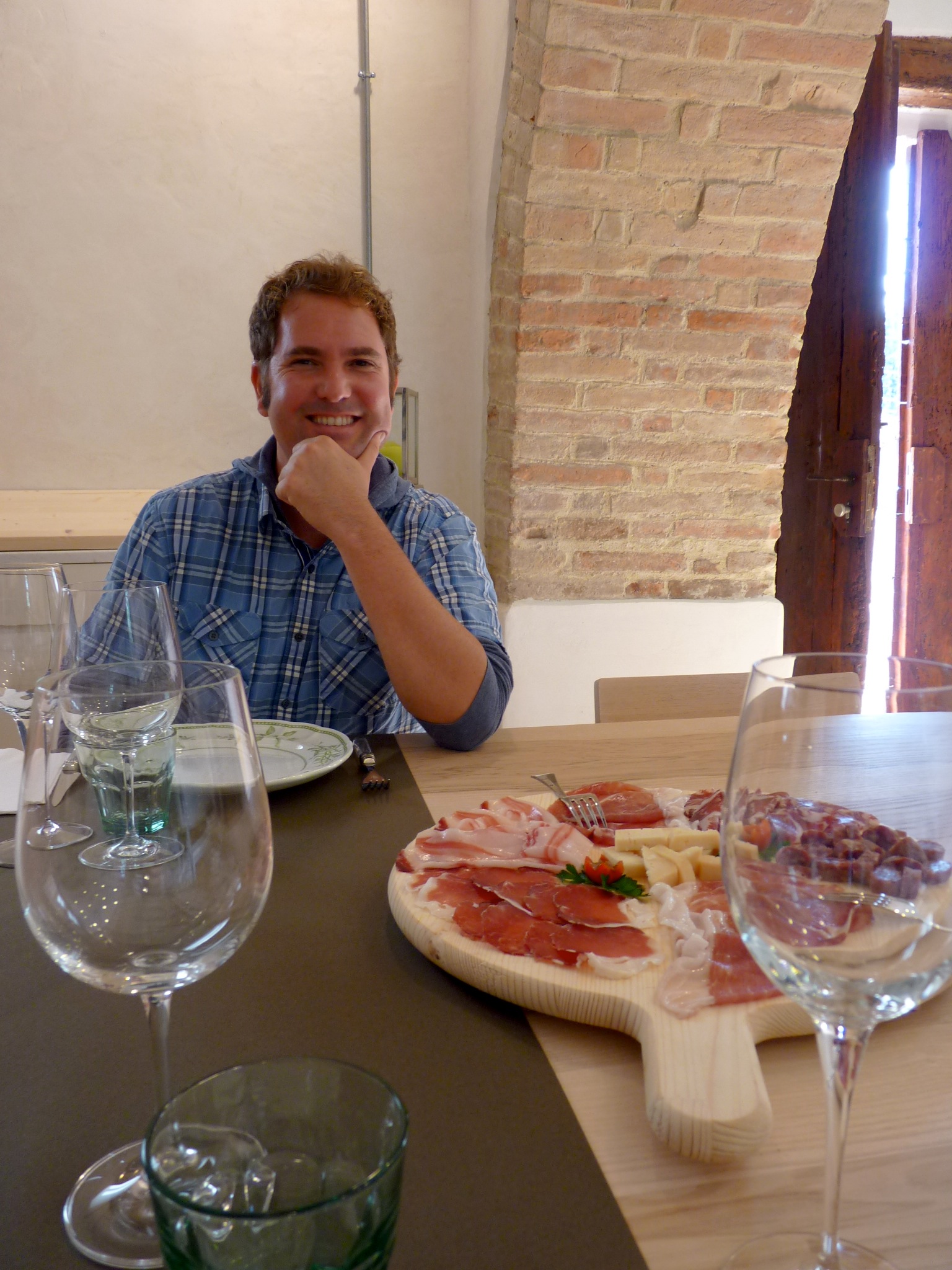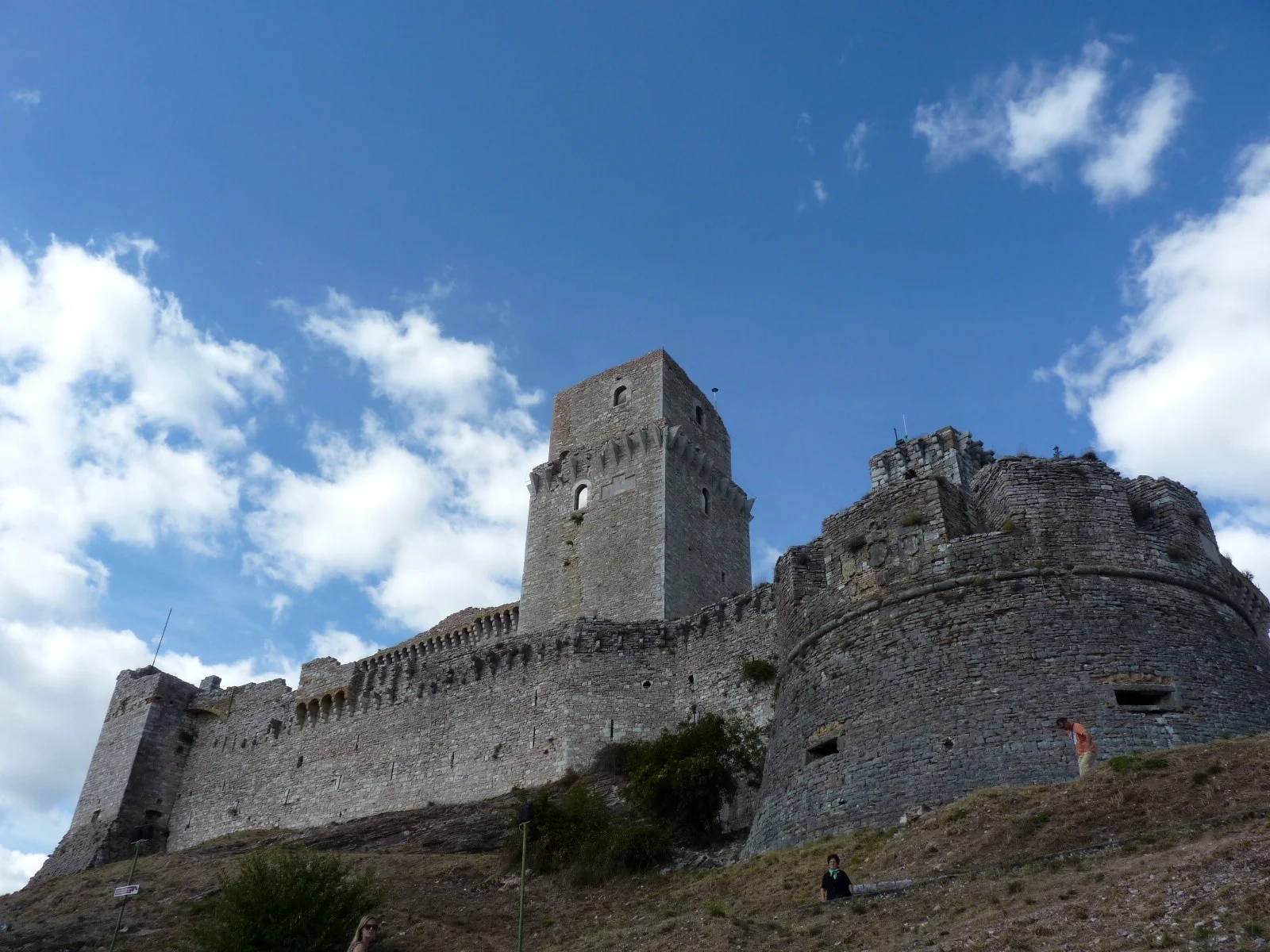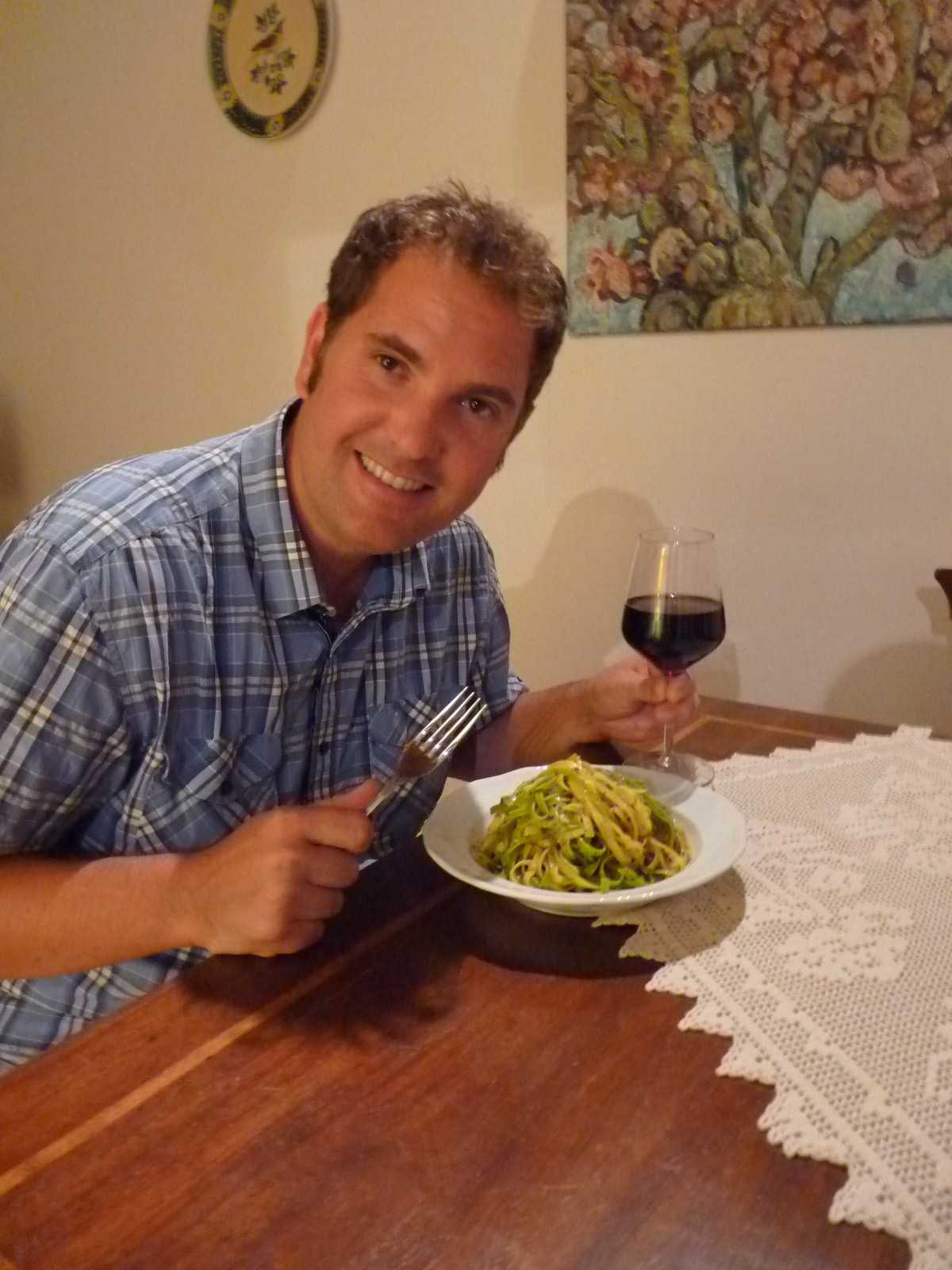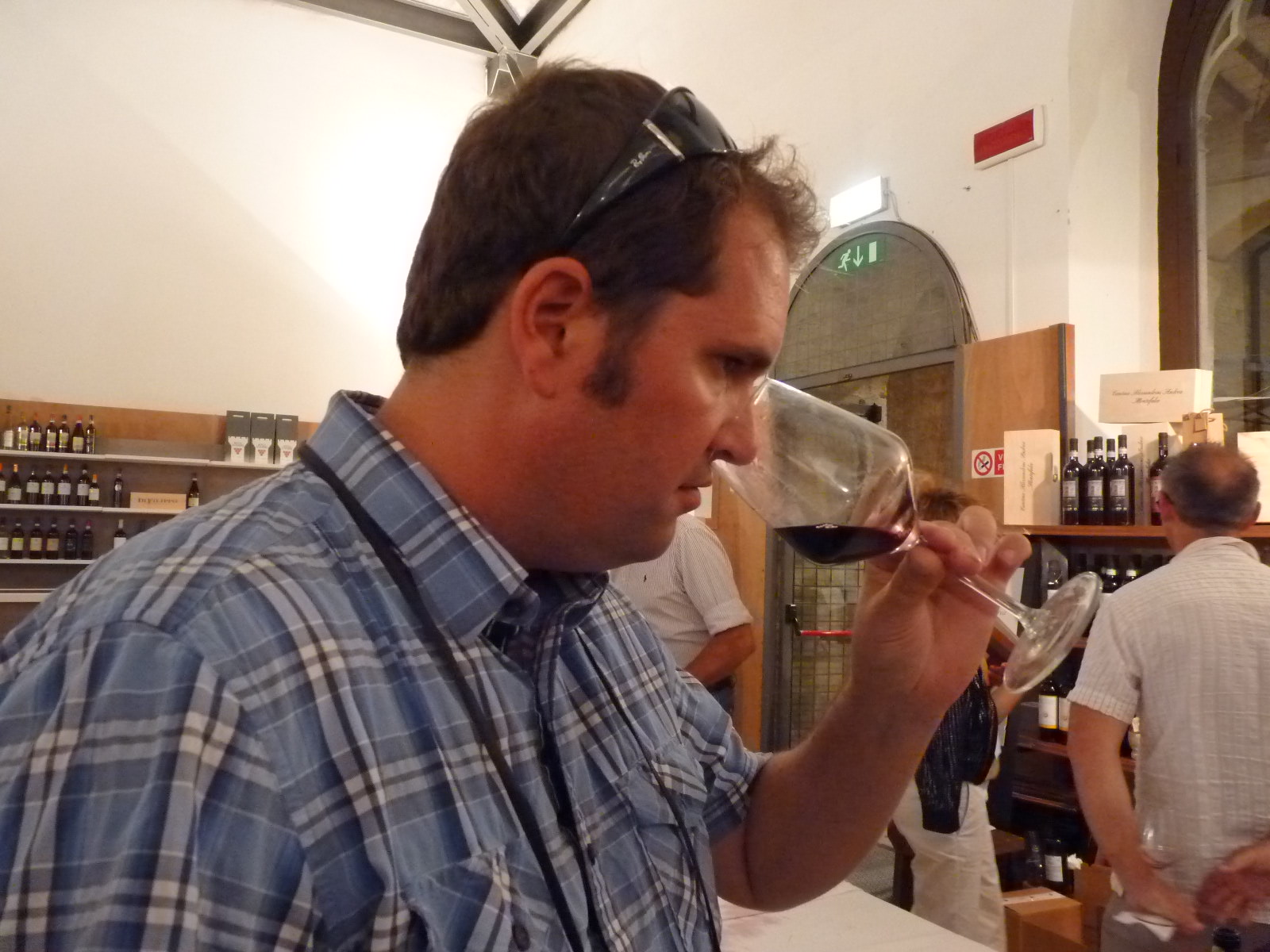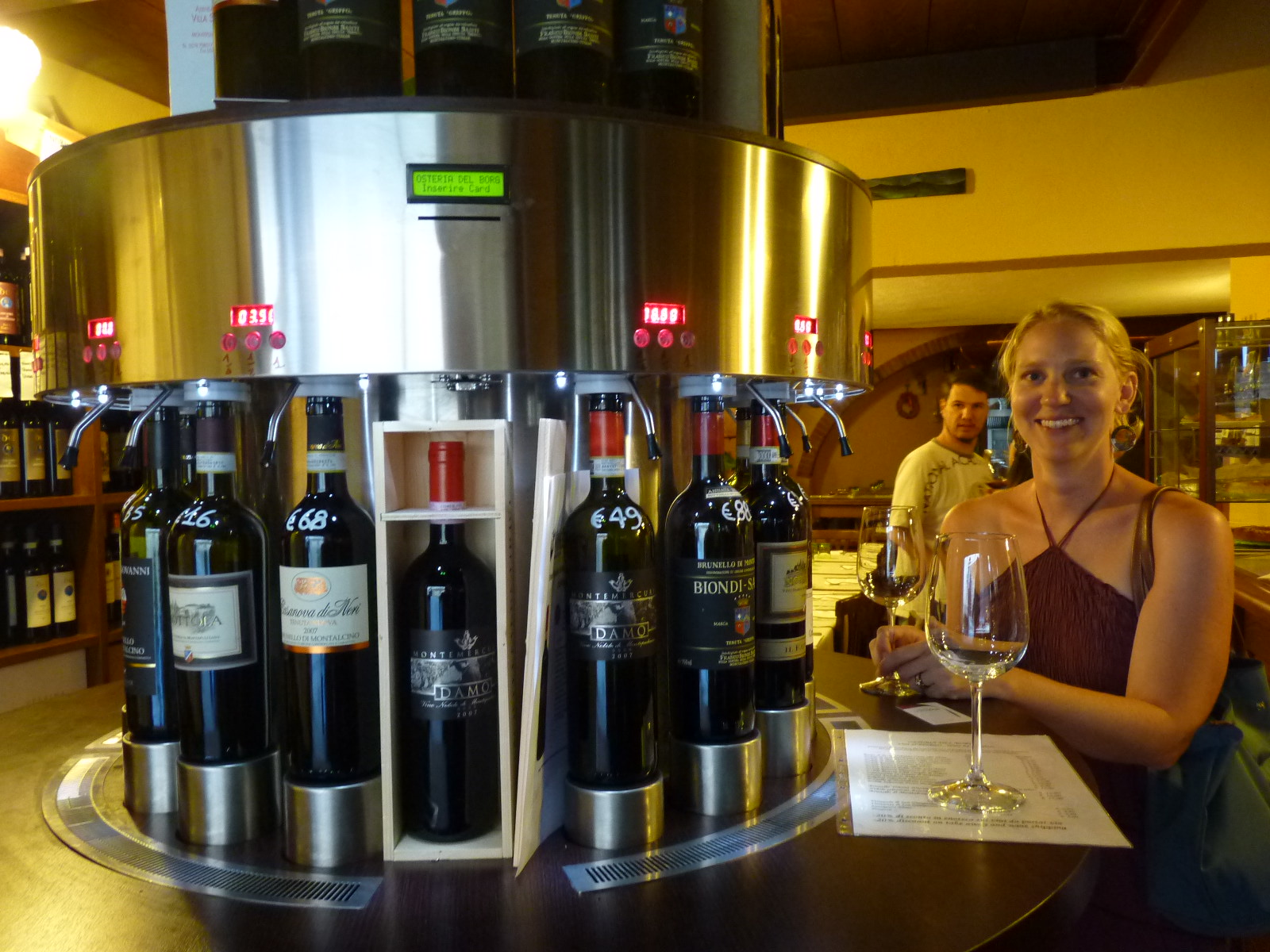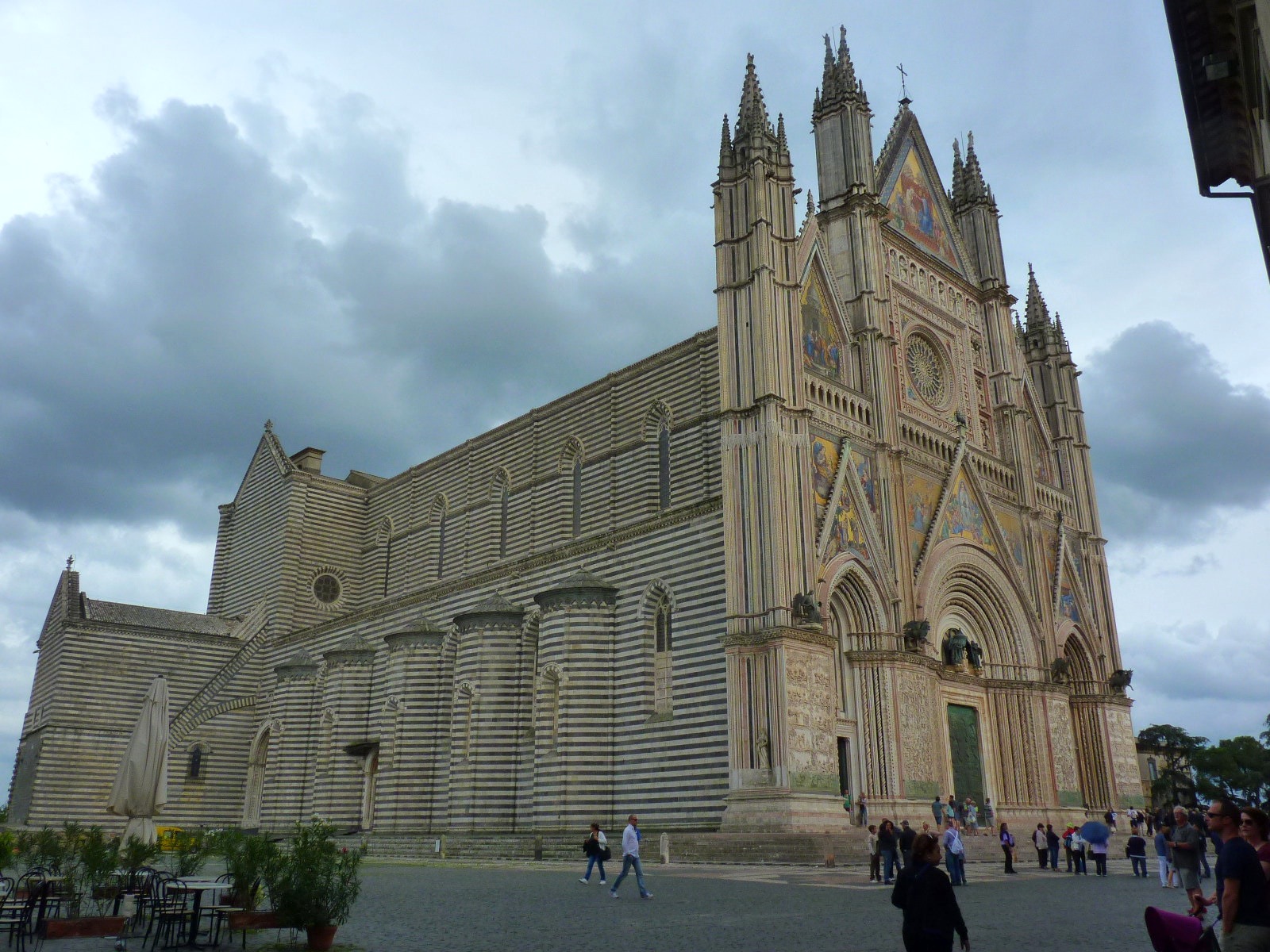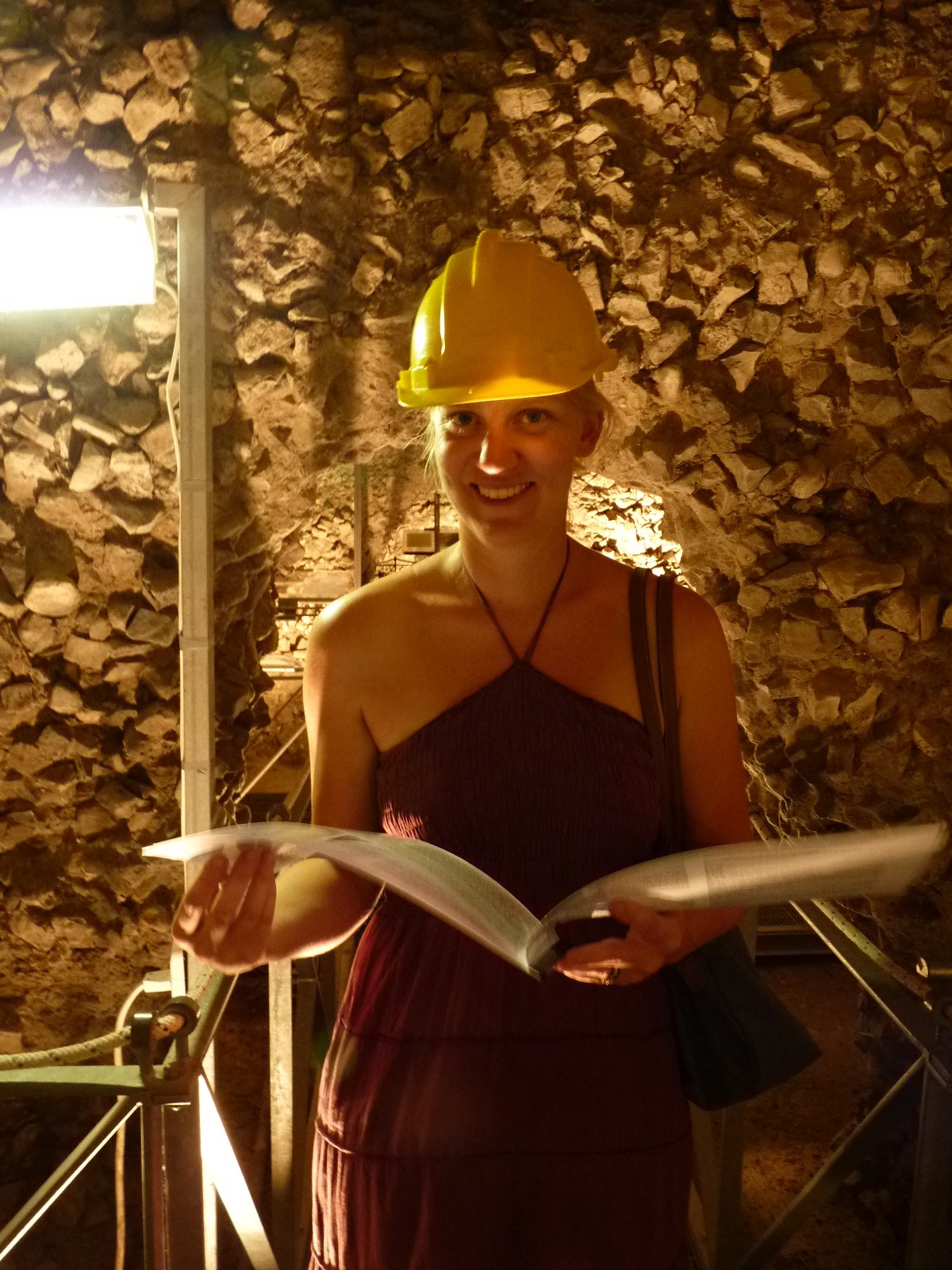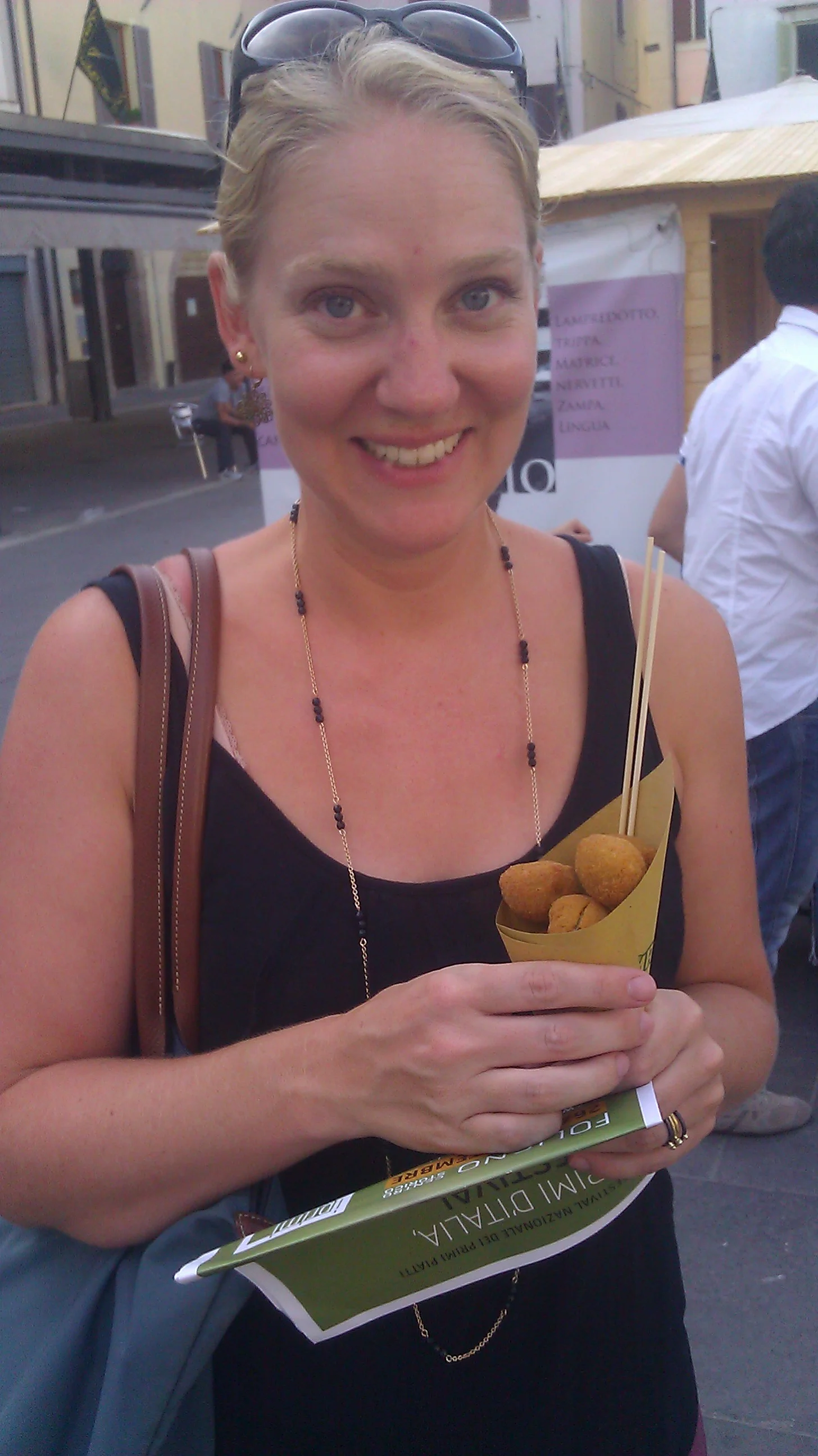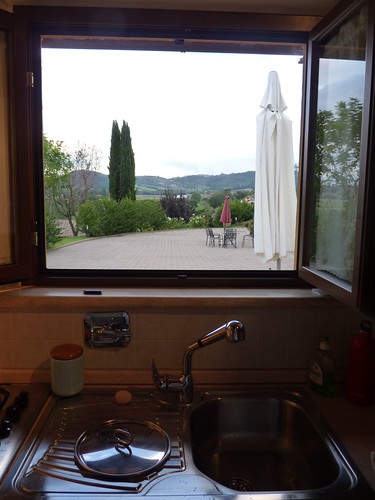For those of you who thought that just because we were stateside we'd stop writing, sorry but here I am. Plus, the return home after a long journey is generally a topic that is often overlooked I think - we're mostly focused on the leaving. I also have had several suggestions that I should just keep writing as though I'm traveling, so, who knows, maybe a not-so-distant future in fiction?? In any case, Jon and I are about 2 weeks into our American re-entry, and it's been... a lot of things. Time has passed slowly, and it's hard to believe that 2 weeks ago we were in Istanbul, and a few days before that we were going about our normal day-to-day in Italy. For those of you who might be wondering, are you experiencing culture shock? Yes. Here are some thoughts that run through my head more often than they probably should:
- If I ask this person a question will they speak my language? I wonder if they speak French...
- Wait, what time is it?
- My coffee is HUGE
- Everything is HUGE
- I understand everything
- How lovely that laundry takes less than 1-2 days, dryers are awesome and everything is soft and fluffy
- Wow, that plate of food is HUGE
- What's the exchange rate. Wait....
- Oh, I can call you on the telephone, and I don't have to search all over for wifi???
It's an interesting thing to consider that I've spent the majority of my life in my home country, and really a small percentage outside of the country, that experiencing culture shock at home would happen, but it does. It's taught me that as people, we have an amazing ability to adapt quickly to new places and ways of living so much so that we have to re-adapt to what we've grown up with. And it's just as much of a challenge as going to a new place.
Luckily for Jon and I, our re-entry was somewhat staged, so getting back into a life in America just seemed like transitioning to a new place, one that we happen to be familiar with (and includes our friends and family). Here's how it happened:
Istanbul - Springfield
There's something about going from the crossroads of Europe and Asia to a center of Americana such as Springfield, Illinois. Not exactly glamorous as one might have it, but extremely interesting, and oh so American. No, we didn't choose Springfield randomly, we came back at this particular time to attend the Abraham Lincoln Library Governor's Conference on Otto Kerner, governor from 1961-1968; who also happens to be my grandfather. I've never really incorporated that bit of family history with how I identify myself in my day-to-day, primarily because I really didn't know much about his career. But I learned some fascinating things about him, including a sampling of his major accomplishments; which include:
- Restructuring the entire mental health system in Illinois
- Expanding the higher education system from 6 campuses to 33, effectively creating the nation's first community college system
- Using political ingenuity to improve racial equality by making Illinois one of the first States to ensure equal housing rights to Black Americans
- Securing Illinois as the site for the first permanent atomic accelerator lab in the country (Fermilab)
- Serving as the chair of the National Advisory Commission on Civil Disorders (also known as the Kerner Commission); with the basic conclusion that, "Our nation is moving toward two societies, one black, one white--separate and unequal."
Hearing from his contemporaries, learning of these accomplishments, visiting Springfield, and even getting a surprise visit of the State Mansion where mom grew up made for a really special weekend. A true cultural learning experience!
We took our day between conferencing and flying to Seattle to walk around Springfield, visit Abraham Lincoln's house, have a mediocre hamburger and enjoy our cozy hotel room. AMERICA!
Springfield - Seattle
Apparently, it's cheaper to take a train to St. Louis and then fly to Seattle by way of Chicago, than it is to fly from Springfield to Chicago and then onto Seattle... Huh. Fine for us, we love taking trains, and are used to it! A great way of seeing any country, and America totally applies, is by train, and so the 2 hour ride from Springfield to St. Louis, through nothing but small mid-west towns and cornfields was lovely. Plus, crossing the Mississippi and seeing the Arch was very cool. Again, this felt just like a continuation of our adventure.
We didn't spend any time in St. Louis, but did appreciate that unlike so many American cities, but very common in Europe, the lightrail to the airport was just outside the main train and bus station. Here's to transportation hubs!
No More Airplanes
We arrived in Seattle in time for it to really hit us that we were done with airplanes. In fact, the idea of stopping for a while was becoming an ever present sensation. Yes we'd been in Italy for 2 months, but after awhile you just want a space that's yours. We haven't gotten there yet, but being with family and good friends has made this so much easier.
For our first few days we relaxed in Olympia, with family and are now visiting Portland, Oregon, the place from which we began this journey, and the place to which we will end. We had mixed feelings driving into Portland; thoughts of "is it really over?" and "you missed our exit, our house is that way... oh wait, we don't have a house..." But driving into Portland, where I have lived for 12 years and Jon 11, felt both familiar and new. Comfortable with new curiosity and interest. The city looks a bit brighter and intriguing. I don't know how much it's really changed in 10 months, but enough time passes where there are new restaurants, new people, new things happening. So suddenly your home feels like a whole new landscape to explore. That's nice for us. It really does feel like a kind of continuation - not a stop, or sidestep.
Reattaching Strings
Many people, in fact most people were really surprised when we said we were up and leaving. And most people also expressed that they could never do it. Bull honkey. Anyone can stop the phone service, give up the apartment (yeah this is harder if you own your house), quit the job and go. Of course it's not THAT easy, but it's also not that hard. What IS hard is reconnecting all those cords once you've cut them. It's really hard to rent an apartment without a job! I realize now I've never had to do that. We built in several months of living expenses for this ambiguous time of settling, but still, I definitely did not consider how complicated it is to completely create a new life that is not based in transition. No regrets, just an interesting challenge in this next phase of our life journey...
So what's next? Jobs, house, friends, family, and all that goes with it. And maybe the occasional blog post and wanderlust. And for the record, it's really really really nice to be near people we care about. Travel is fabulous, but it doesn't replace relationships - ever.

